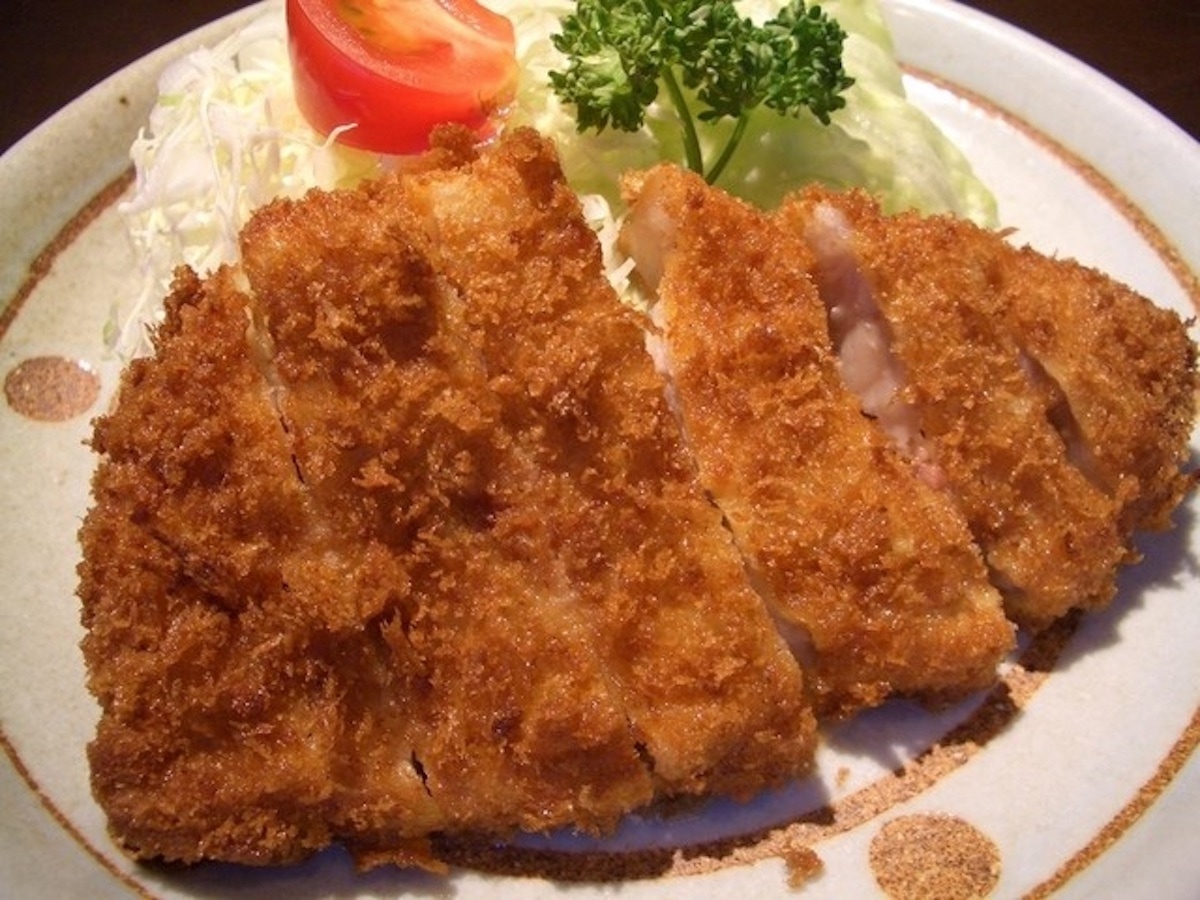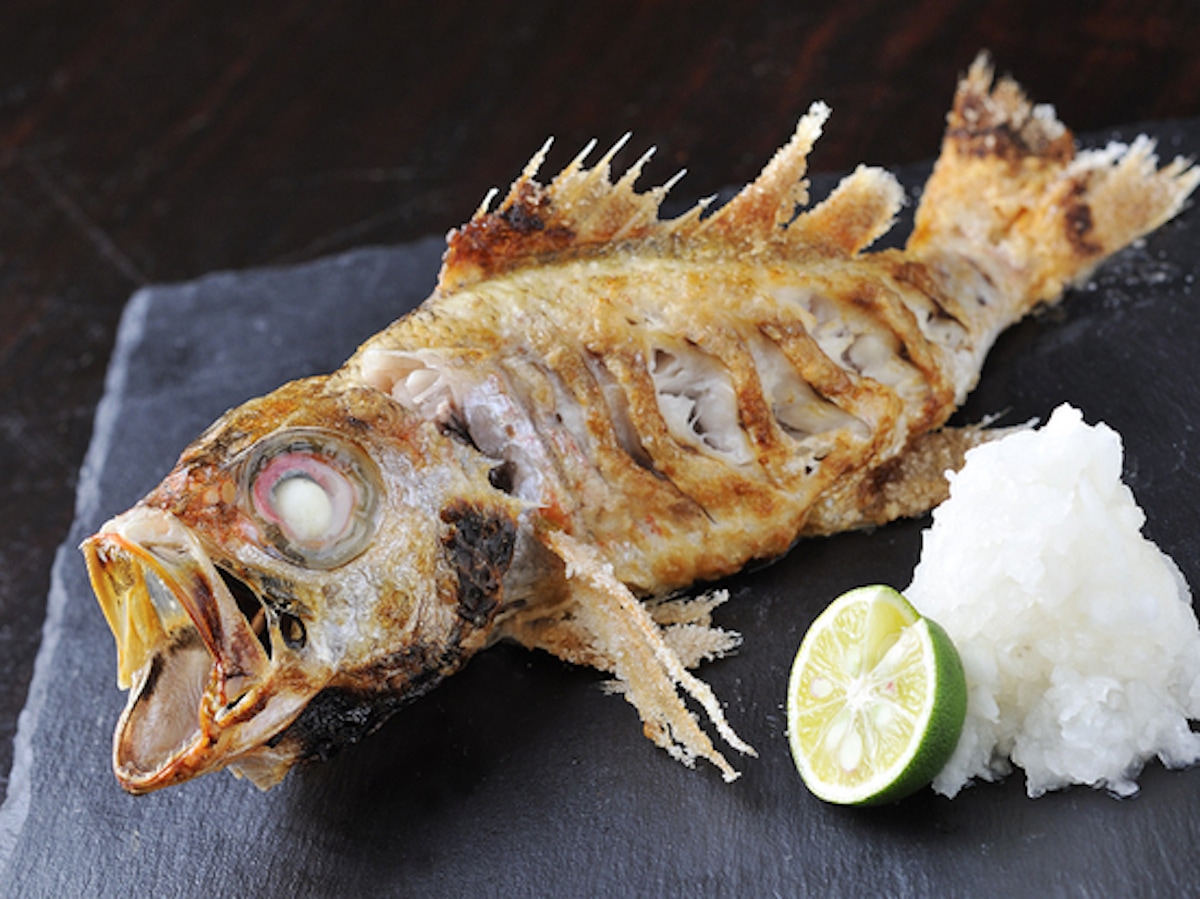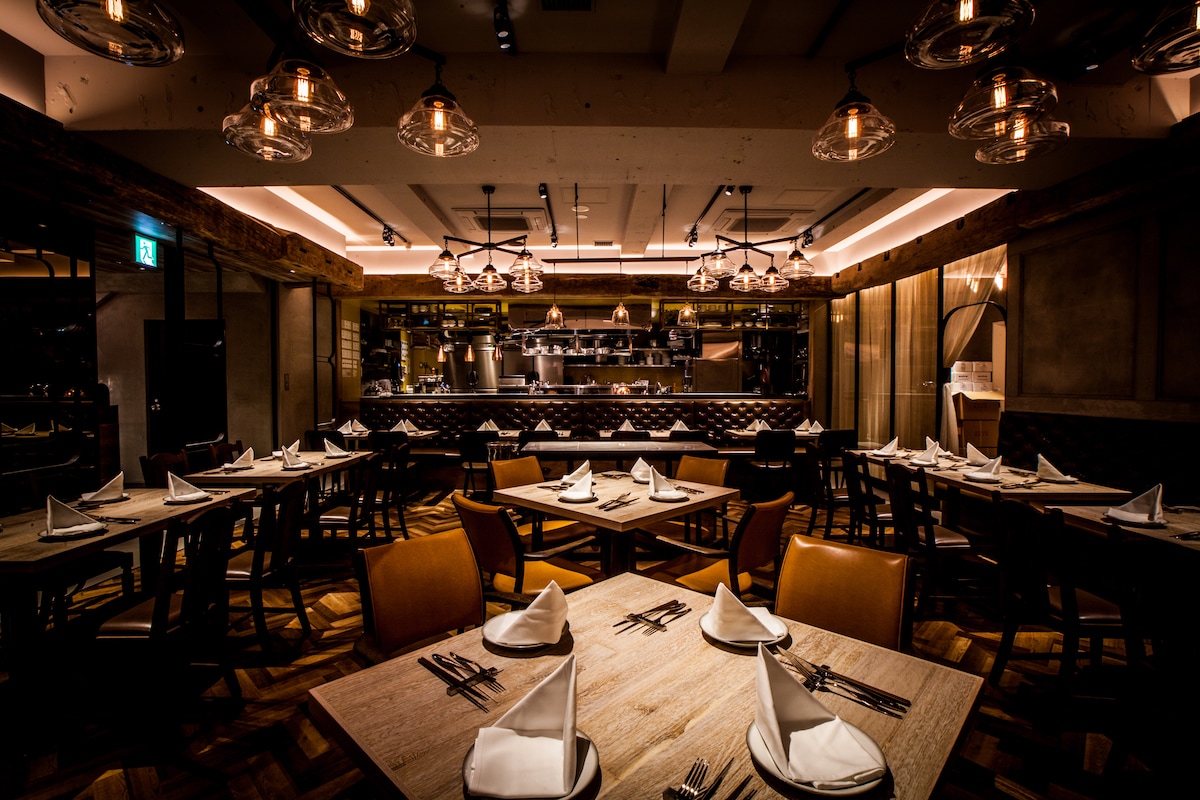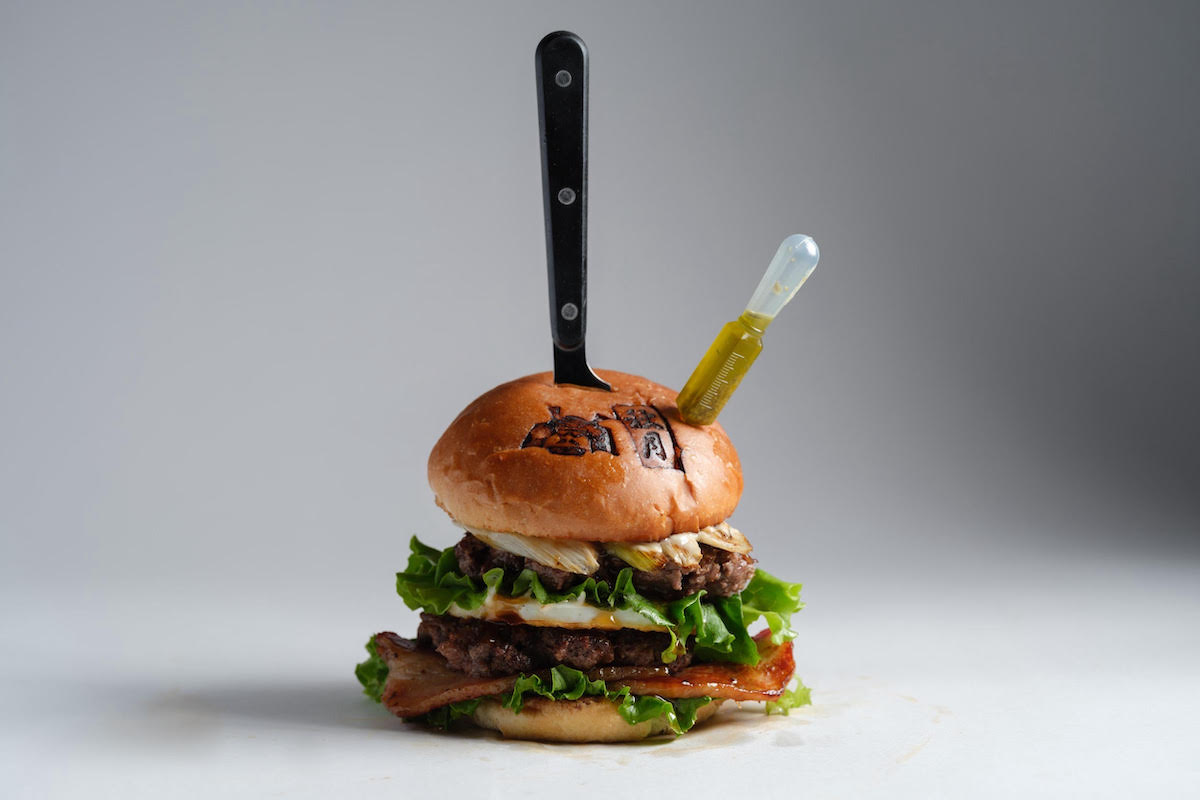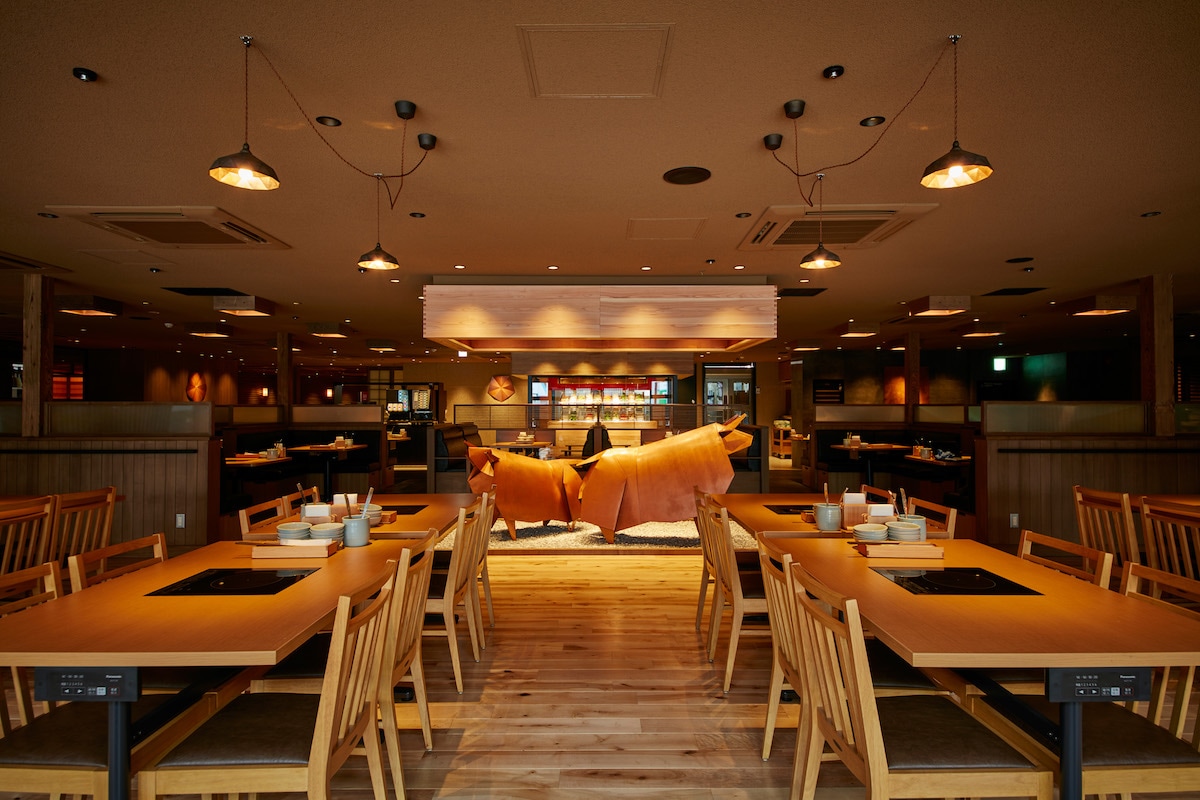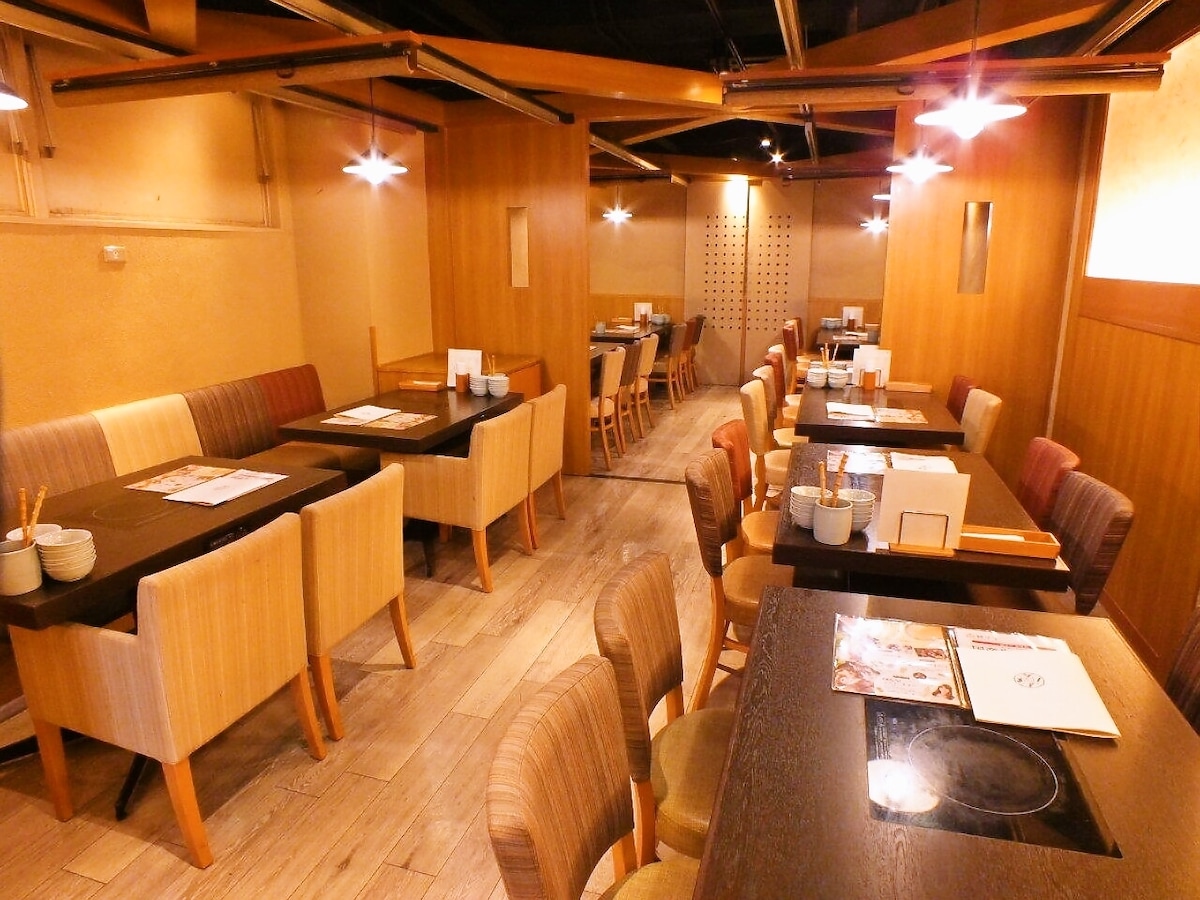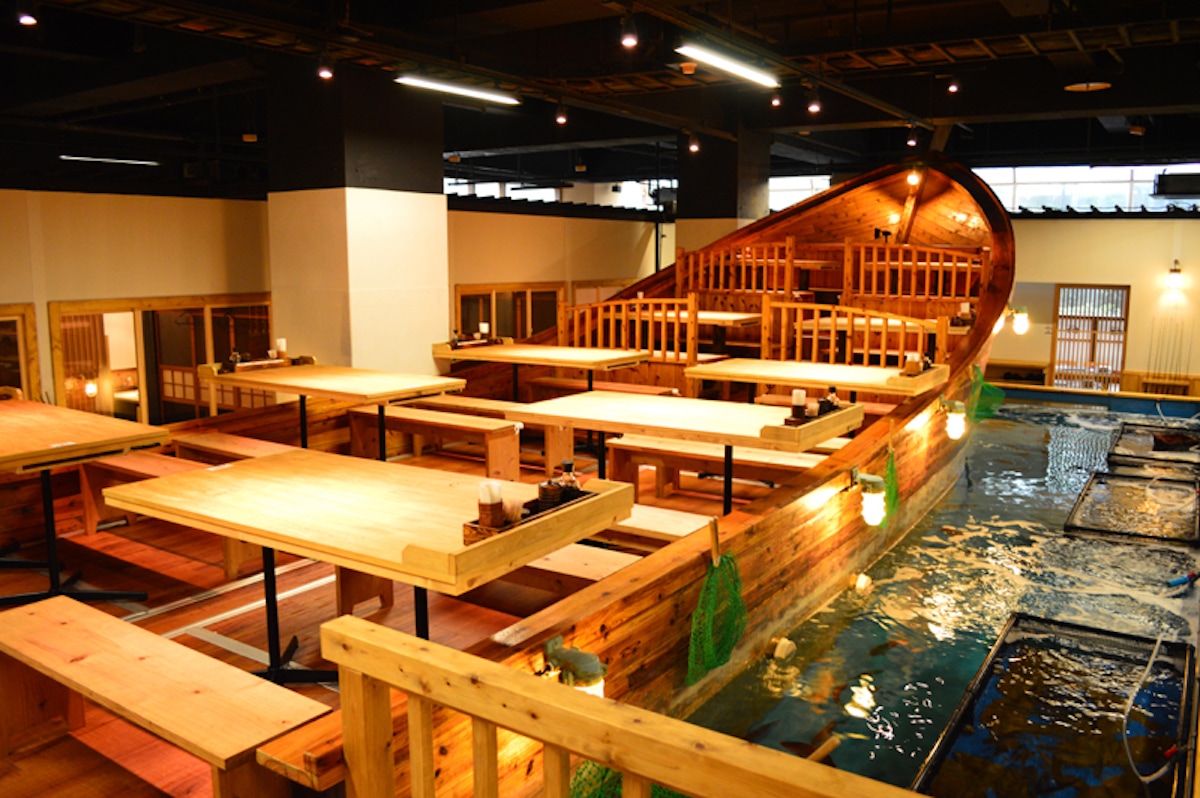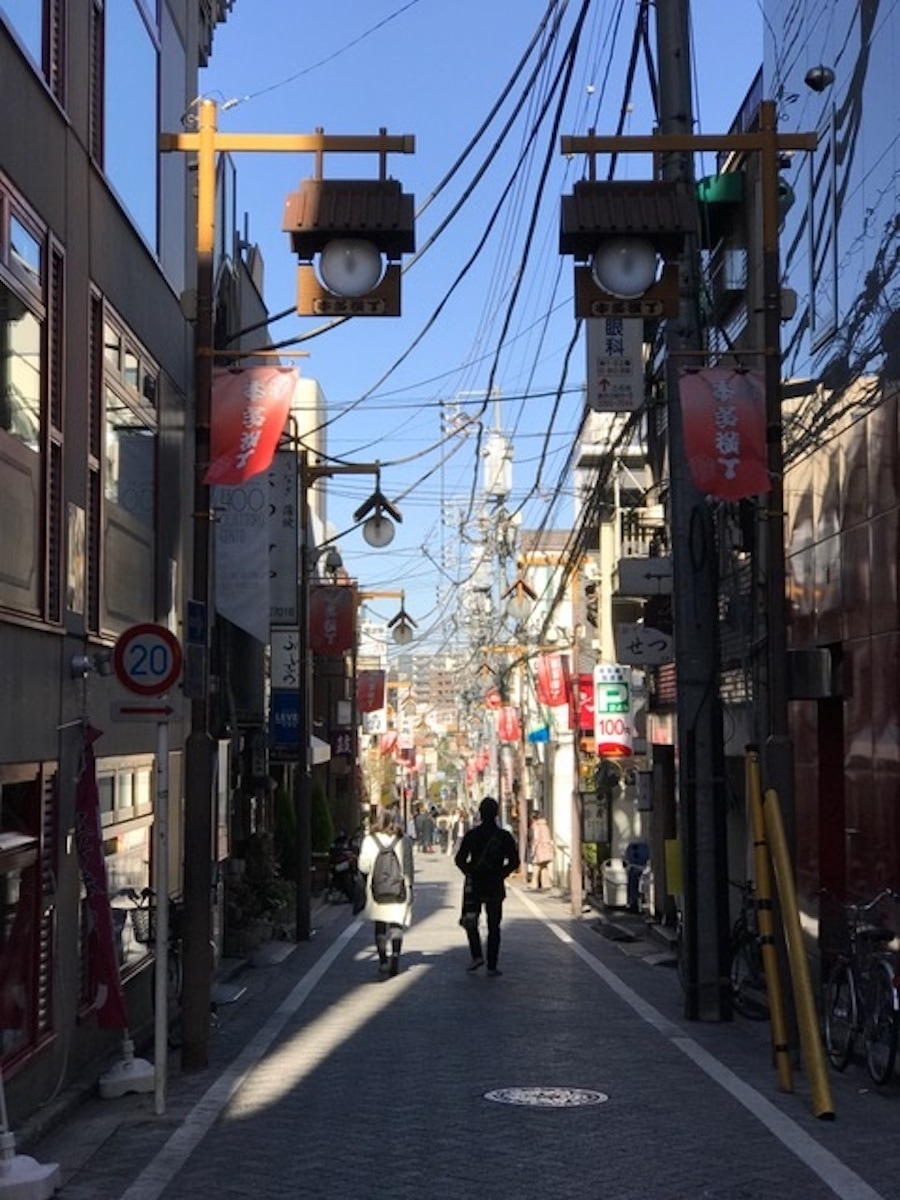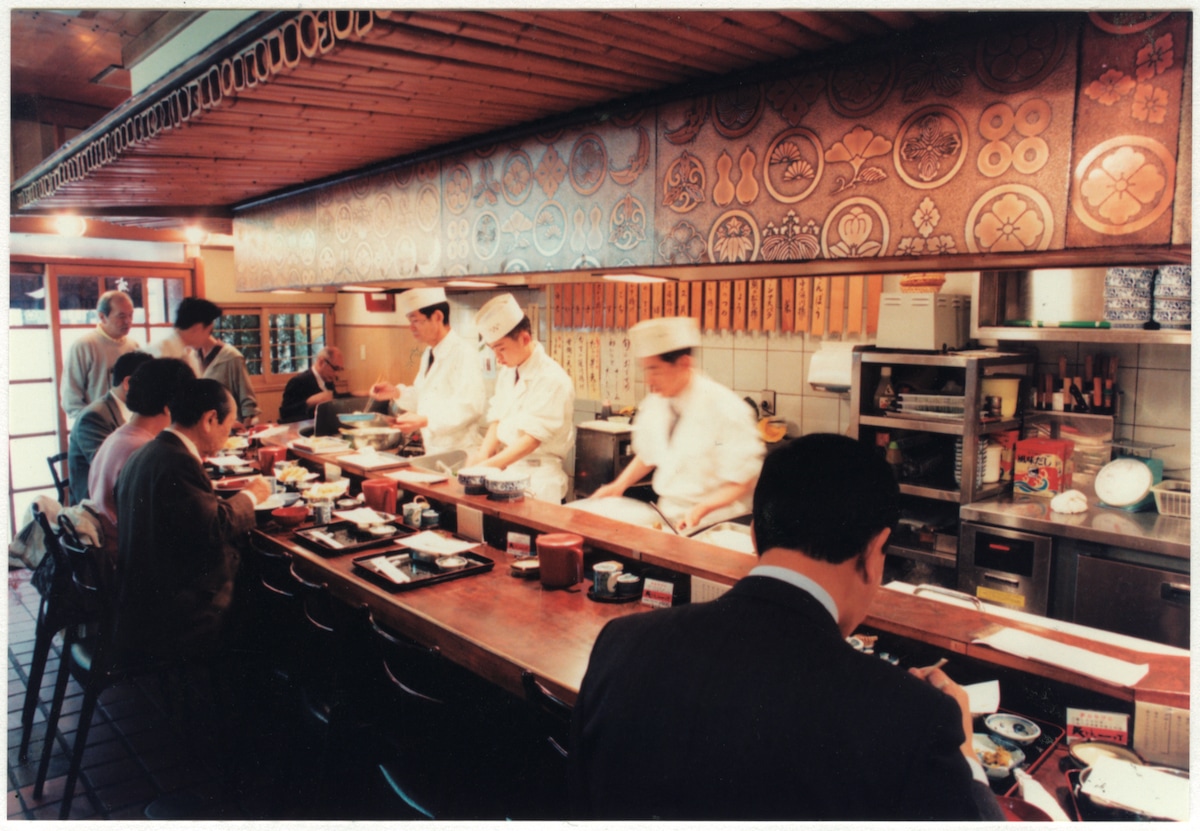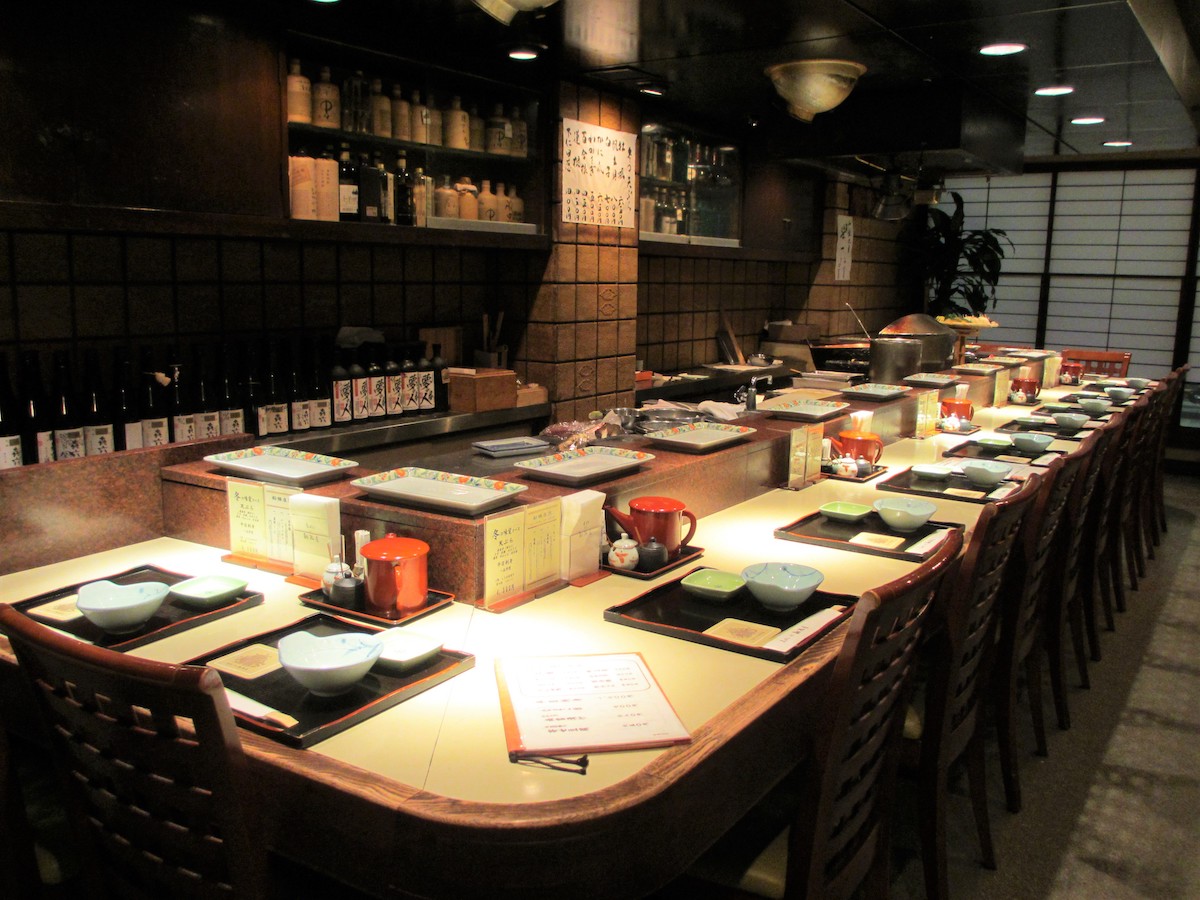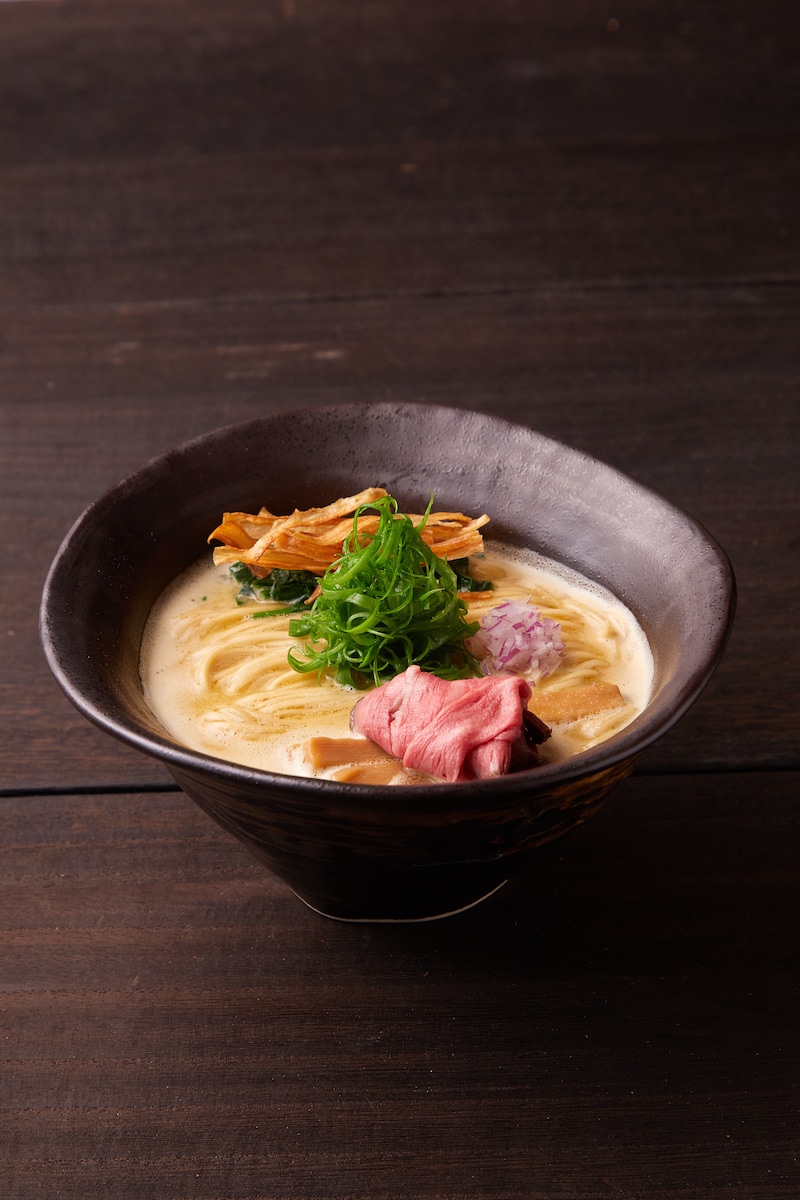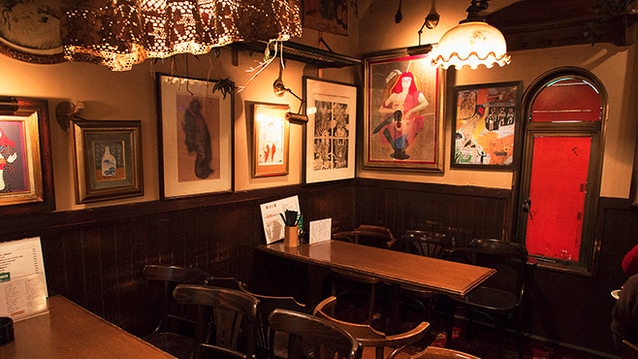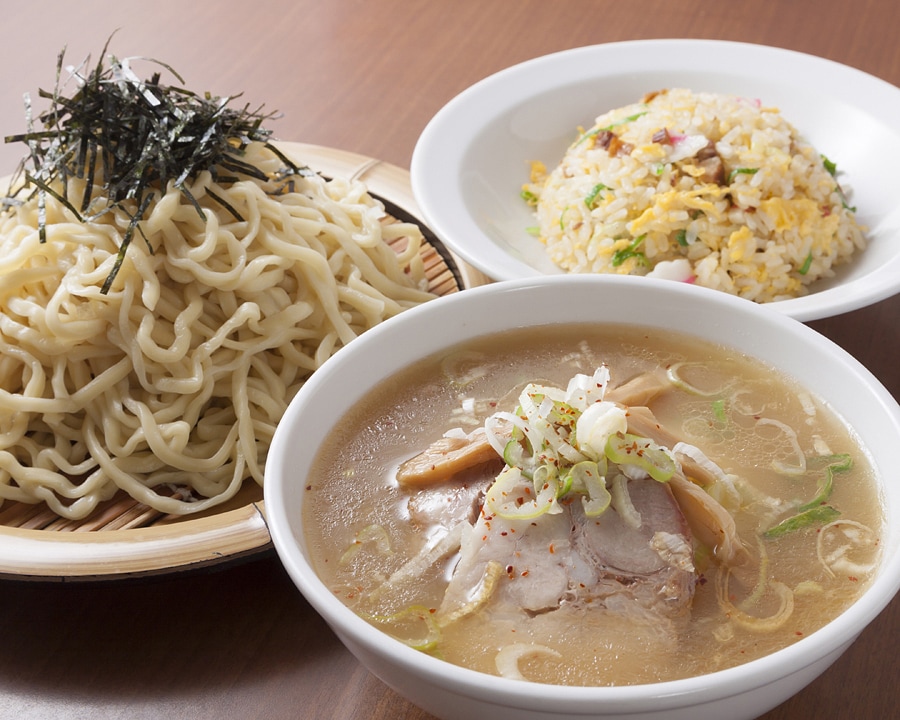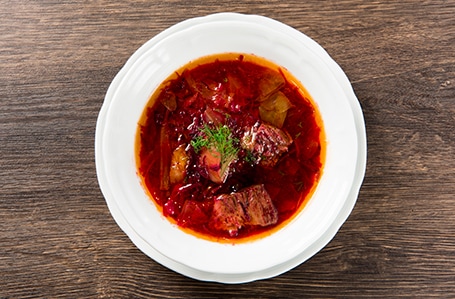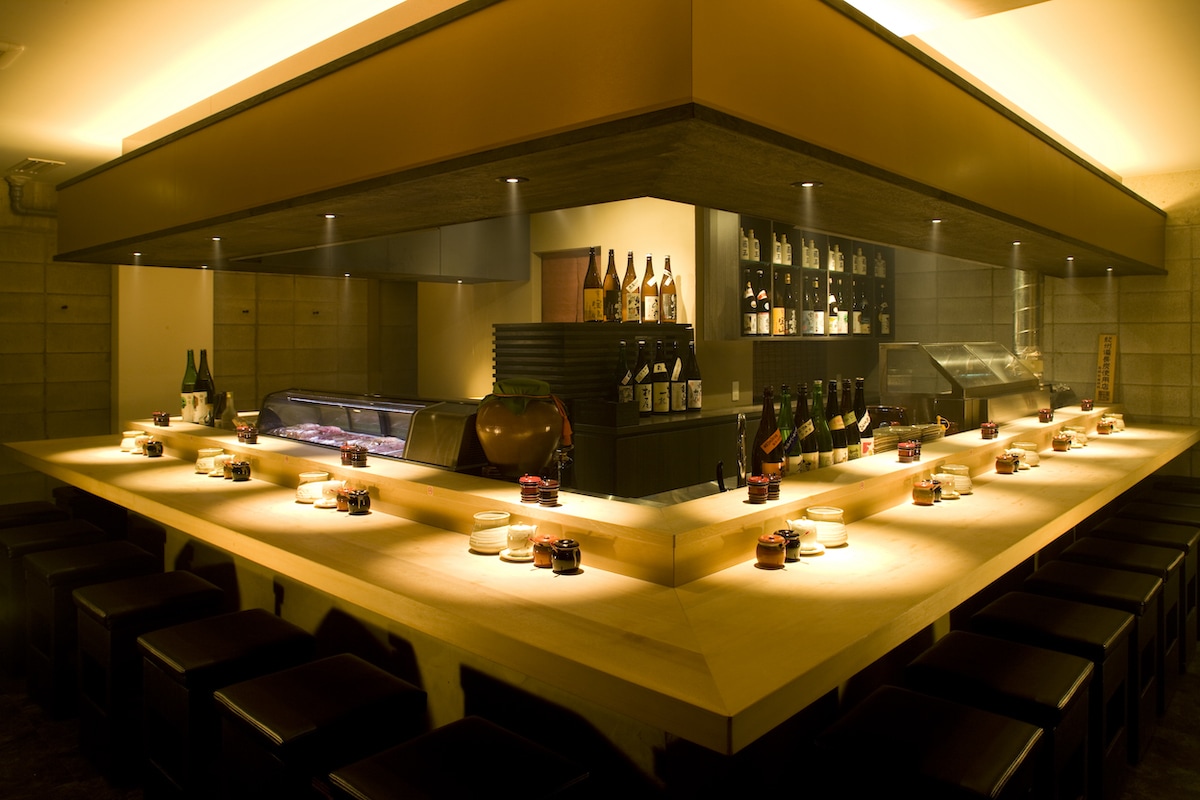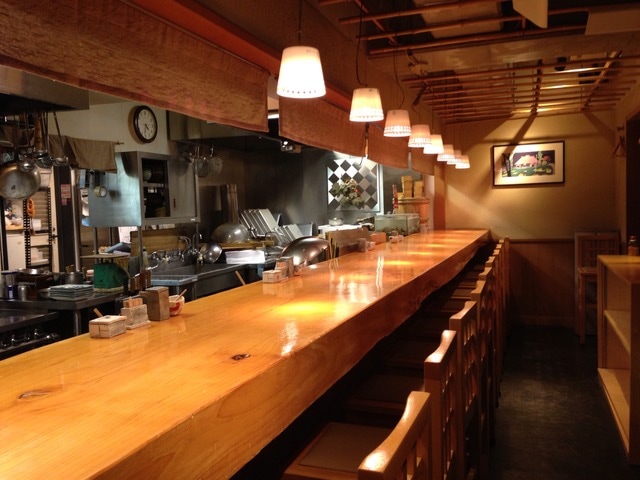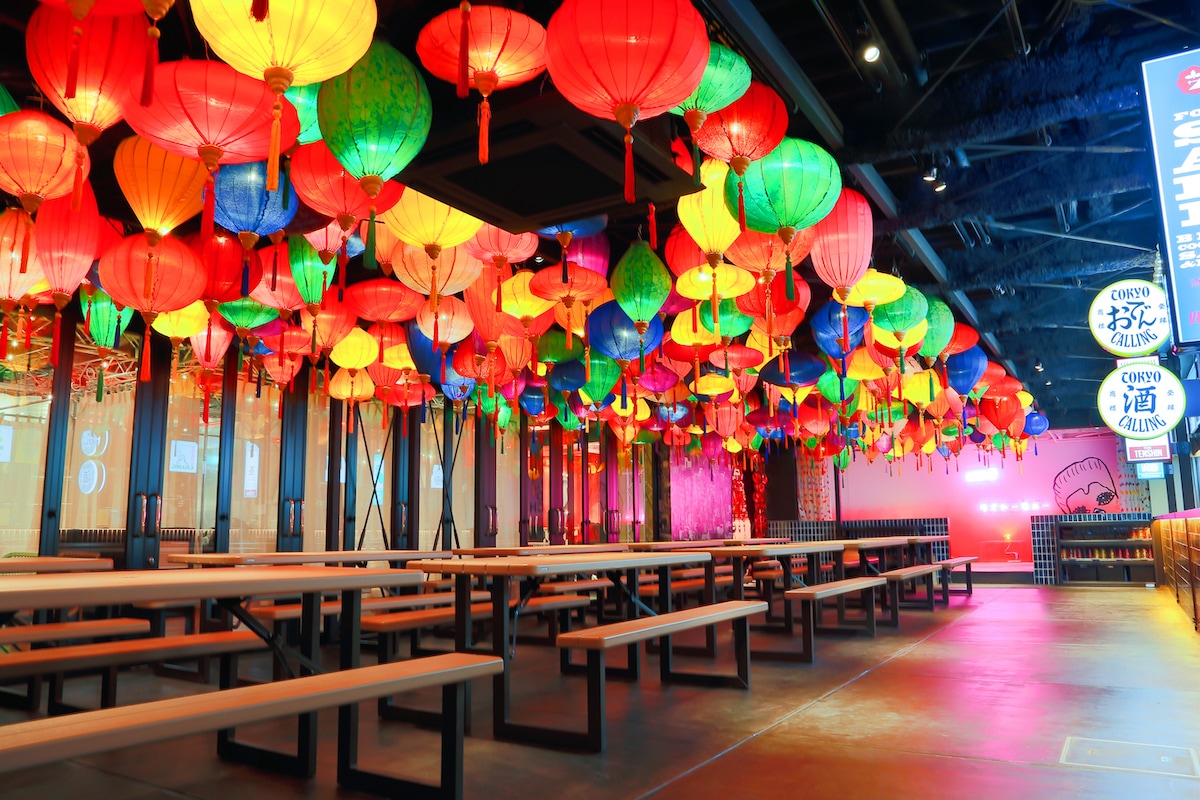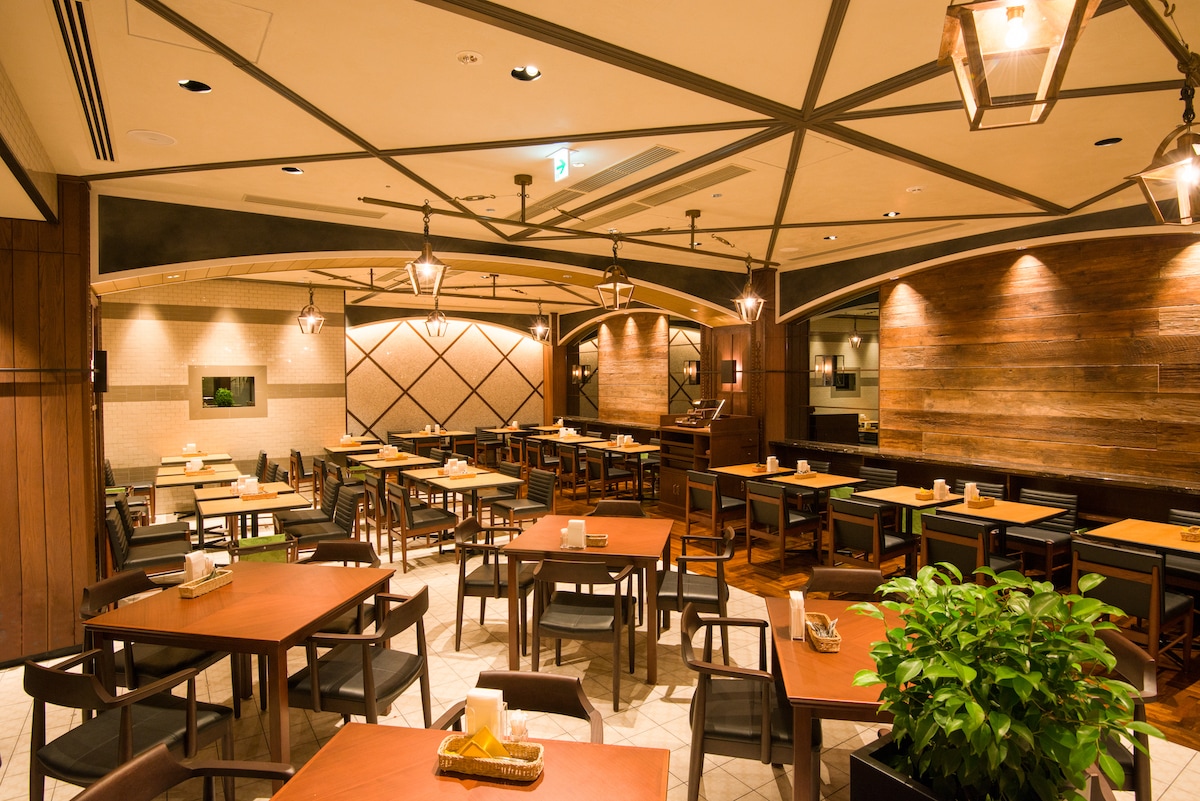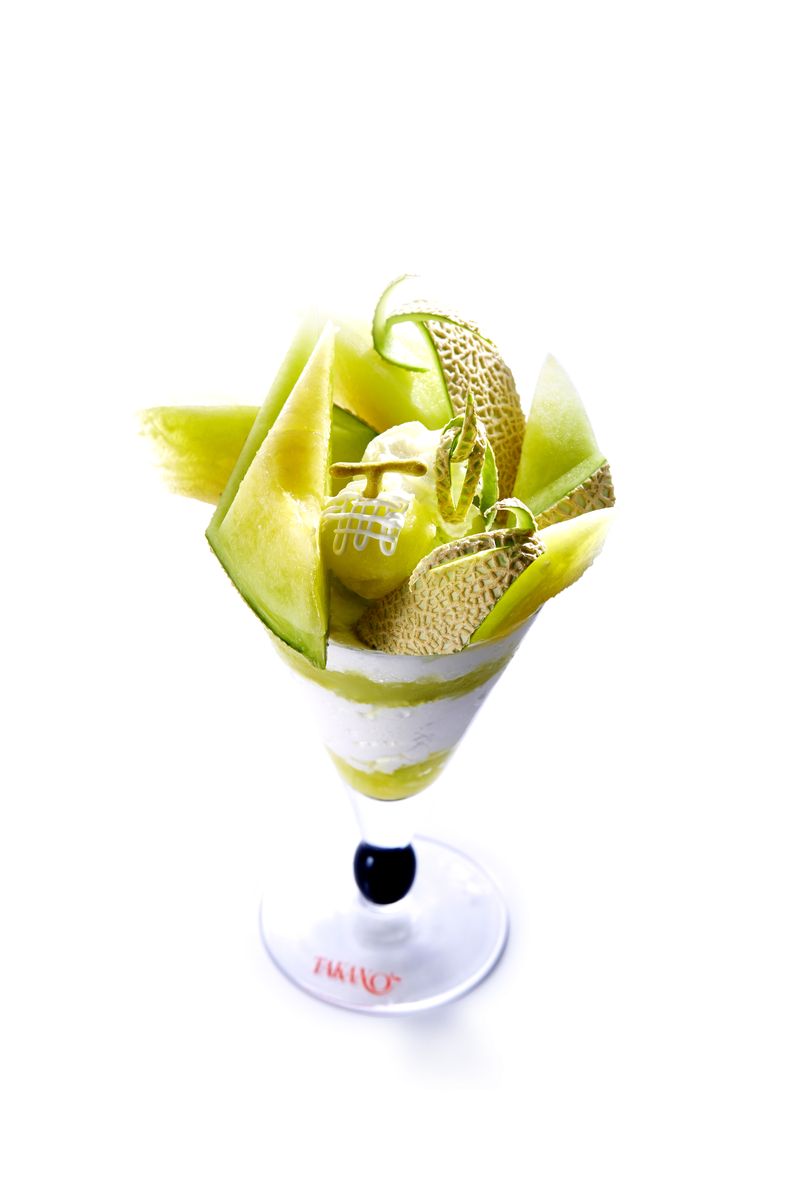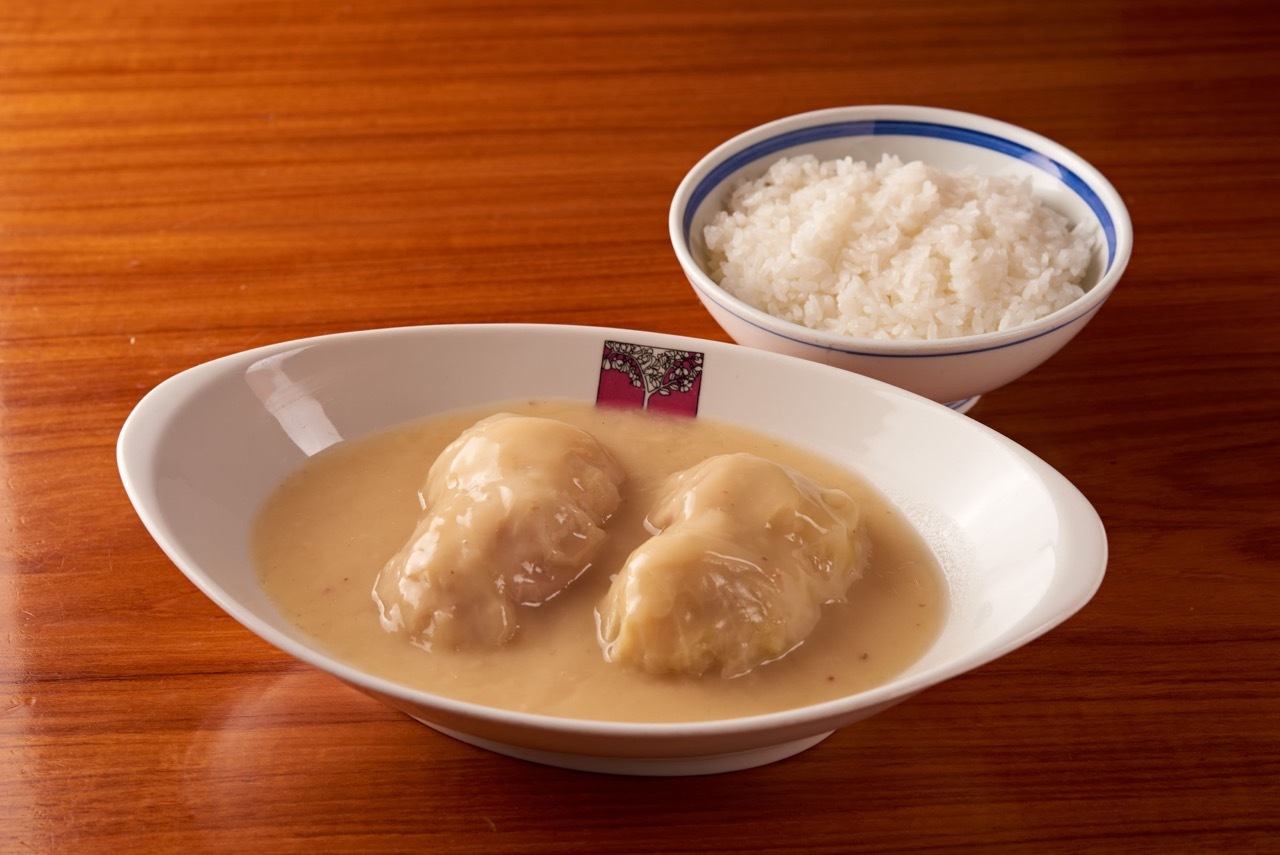The Best Neighborhoods to Stroll in Shinjuku, Tokyo
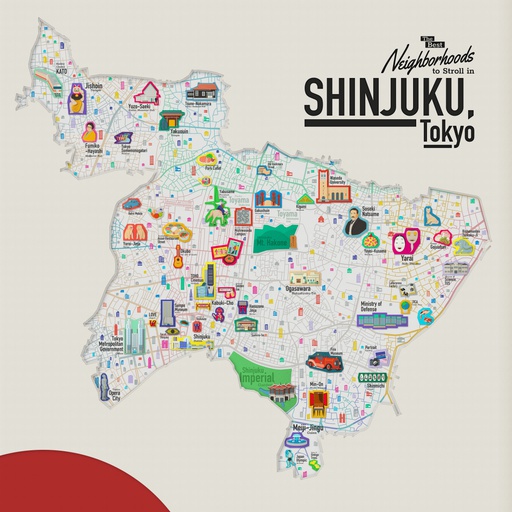
This project is part of a proof of concept conducted by the Tokyo Metropolitan Government Bureau of Industrial and Labor Affairs and Stroly, Inc. The map displays information on tourist spots in the Shinjuku area, shows current location information using GPS, allows users to switch between maps and experience virtual sightseeing.
All spots information
50 spots
 Spots (With events)
Spots (With events)
The Japan National Stadium
![]() Spots (With events)
Spots (With events)
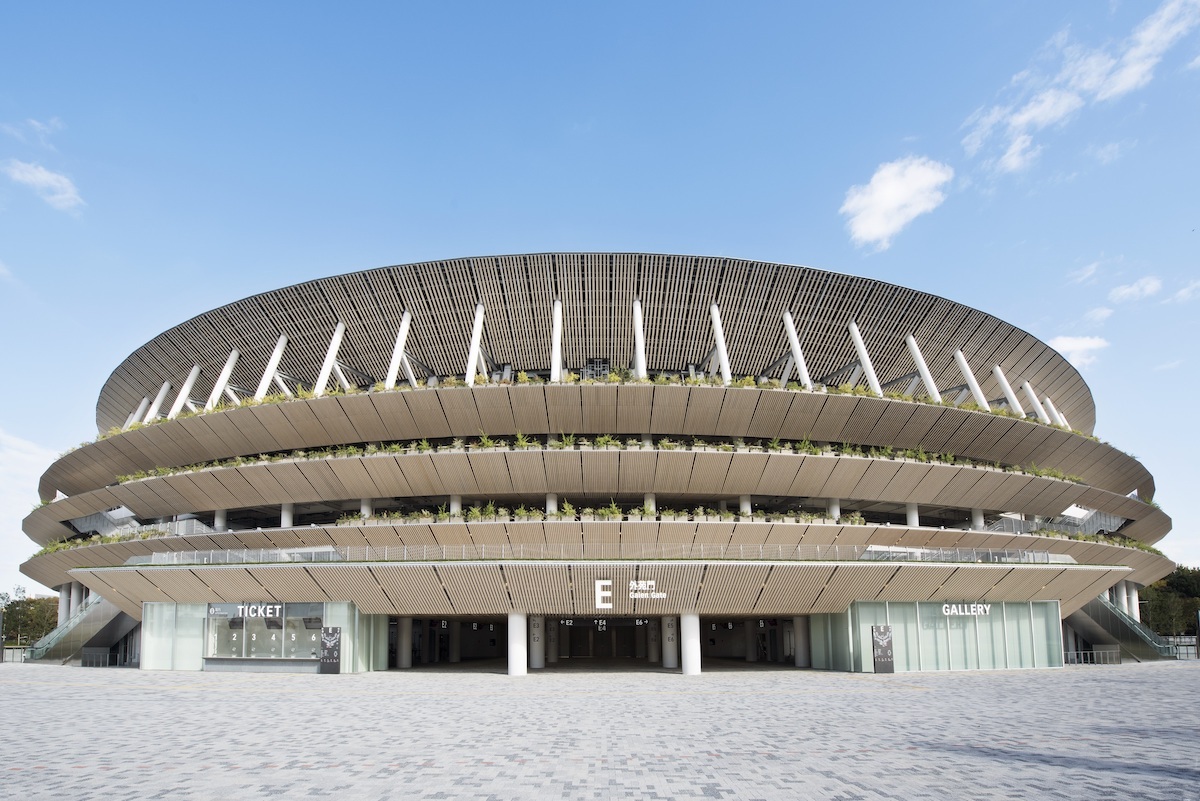
The stadium is known worldwide as Japan's international sports facility after the 1964 Tokyo Olympics, and is also a favorite live performance venue for musicians. In 2019, the stadium was reborn as a Japanese-style stadium designed by architect Kengo Kuma for the Tokyo 2020 Olympic and Paralympic Games. The eaves used for the wood facade were collected from Japan’s 47 prefectures and are arranged in regional order, with Hokkaido at the northern end and Okinawa at the southern end. Address 10-1 Kasumigaokamachi, Shinjuku-ku, Tokyo, 160-0013 Web Website
Lumine the Yoshimoto
![]() Spots (With events)
Spots (With events)
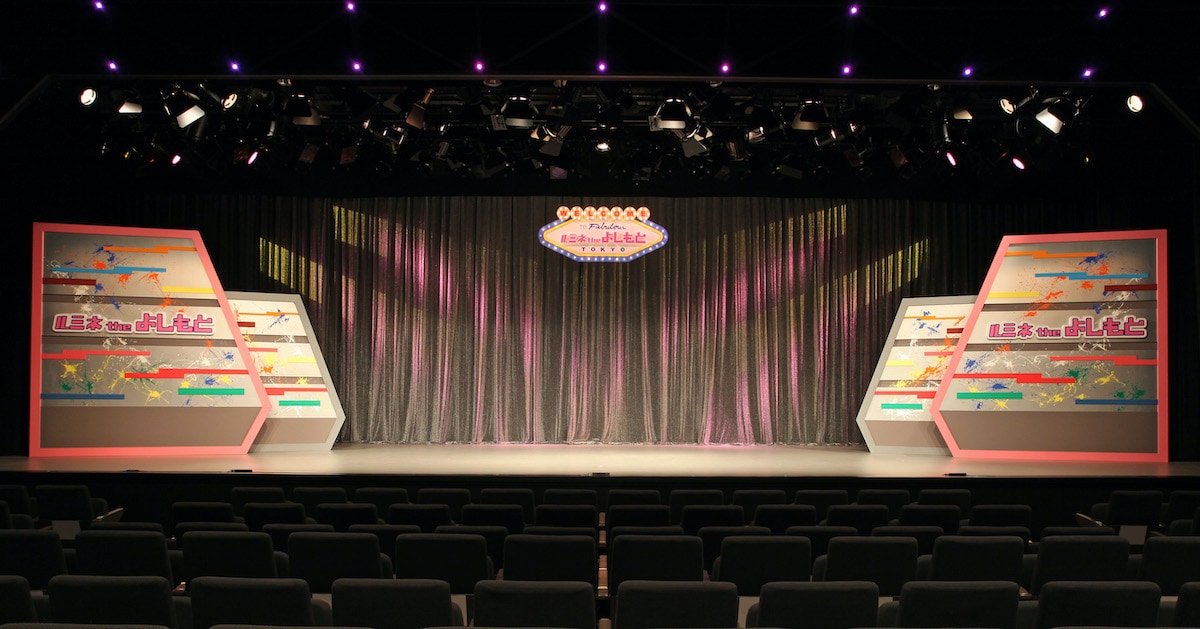
"Lumine the Yoshimoto" is a permanent theater run by Yoshimoto Kogyo, an entertainment company with over 6,000 comedians and entertainers. With 458 seats, this theater has the largest capacity of all the Yoshimoto Kogyo theaters in Tokyo. Located inside "Lumine Shinjuku Lumine 2", a one-minute walk from Shinjuku Station, where you can enjoy watching Manzai shows, comedies, and sketch comedies, all of which are a style of comedy from the Kansai region in Japan. Inside the theater store, which is open to everyone even non-theater goers, you can buy Yoshimoto comedian merchandise and unusual Tokyo souvenirs. Address 27F 3-38-2 Shinjuku, Shinjuku-ku, Tokyo, 160-0022 Web Website
Hilton Tokyo
![]() Spots (With events)
Spots (With events)
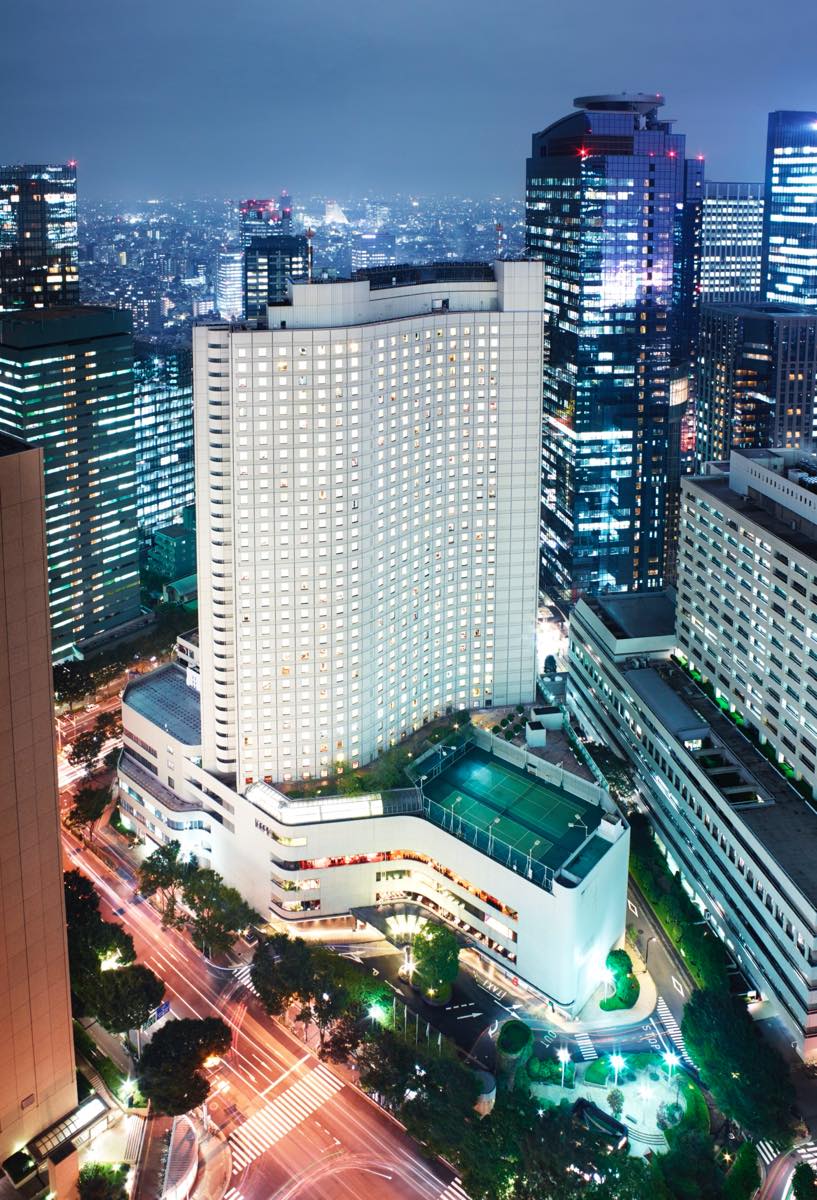
Hilton Tokyo is the first foreign-owned hotel in Japan and is a world-renowned hotel located at the west exit of Shinjuku Station. In 1984, this hotel was relocated from Nagatacho to Shinjuku. It has 820 guest rooms, 6 restaurants and bars, along with 20 banquet halls. From Hilton Tokyo you can enjoy a panoramic view of the city lights and the hotel is surrounded by Tokyo's most prestigious hotels and skyscrapers, including the Tokyo Metropolitan Government Building. The hotel offers a unique seasonal sweets buffet, which is a favorite for women. Address 6-6-2 Nishi-Shinjuku, Shinjuku-ku, Tokyo, 160-0023 Web Website
Yayoi Kusama Museum
![]() Spots (With events)
Spots (With events)
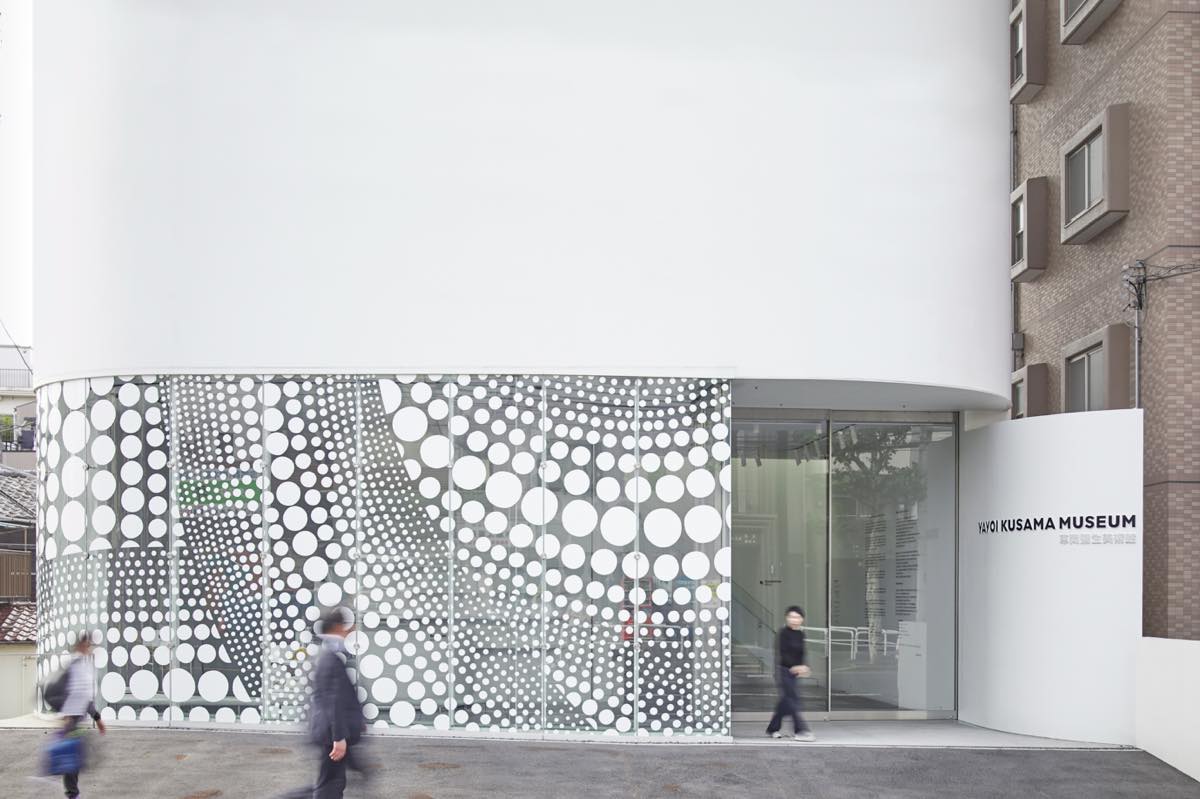
Established by Yayoi Kusama, a world-famous avant-garde artist known for her pumpkin motifs, this museum exhibits Kusama's artworks. These exhibitions are held here about twice a year. Some of her famous works, such as the Infinity Mirror Room and the pumpkin sculpture, and also her latest pieces, are sometimes showcased here. Please note that visits to the museum must be booked in advance for a specific date and time, and tickets are only available on the museum website, not at the ticket counter. Address 107 Bentencho, Shinjuku-ku, Tokyo, 162-0851 Web Website
Tokyo Opera CIty
![]() Spots (With events)
Spots (With events)
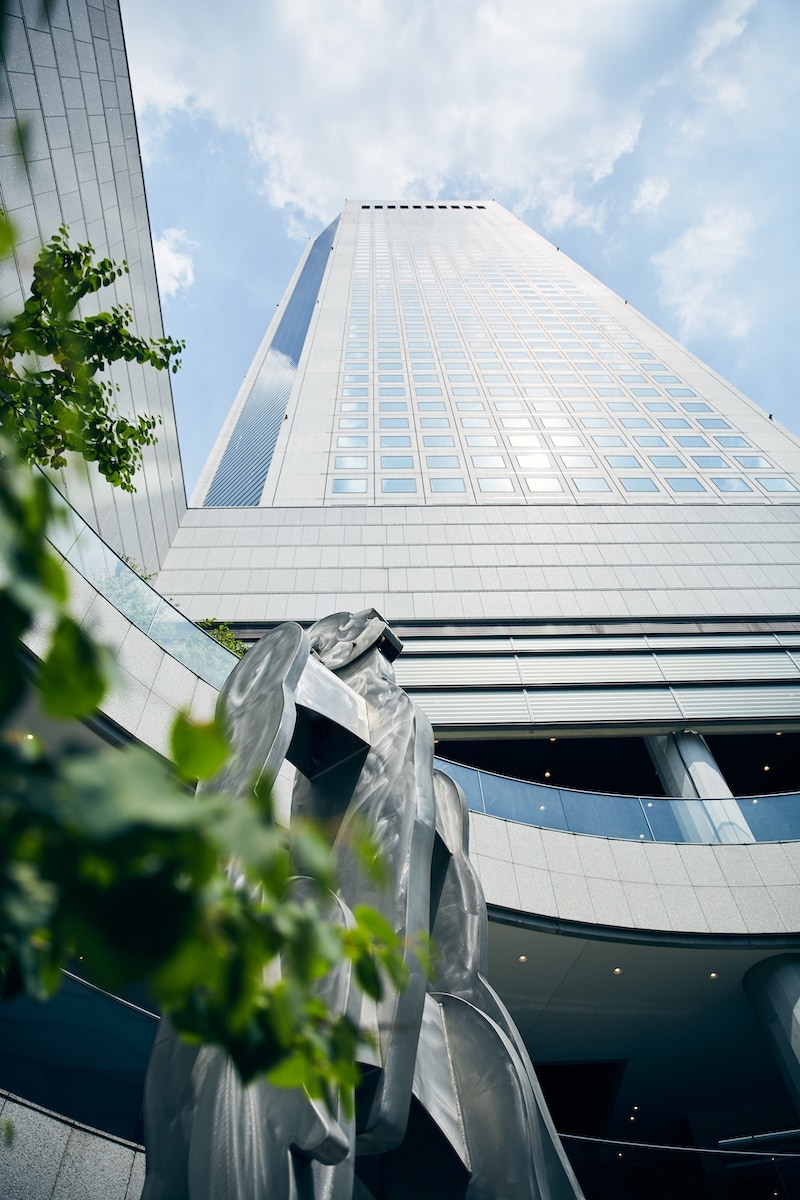
Tokyo Opera City is a 54-story complex with an art gallery, concert halls, restaurants, and offices. Inside this building, there are concert halls where you can experience different styles of classical music and an art gallery hosting special contemporary art exhibitions. The art gallery holds 4000 pieces of contemporary art work collected by Kotaro Terada, a landscape architect and co-operator of the Tokyo Opera City, and exhibits works of contemporary artists such as Tatsuoki Nambata, one of Japan's most famous abstract artists. The Tokyo Opera City is one of the leading cultural facilities in Japan and holds many exciting events. Address 3-20-2 Nishi-Shinjuku, Shinkuku-ku, Tokyo, 160-0023 Web Website
 Others
Others
Shinjuku Station
![]() Others
Others
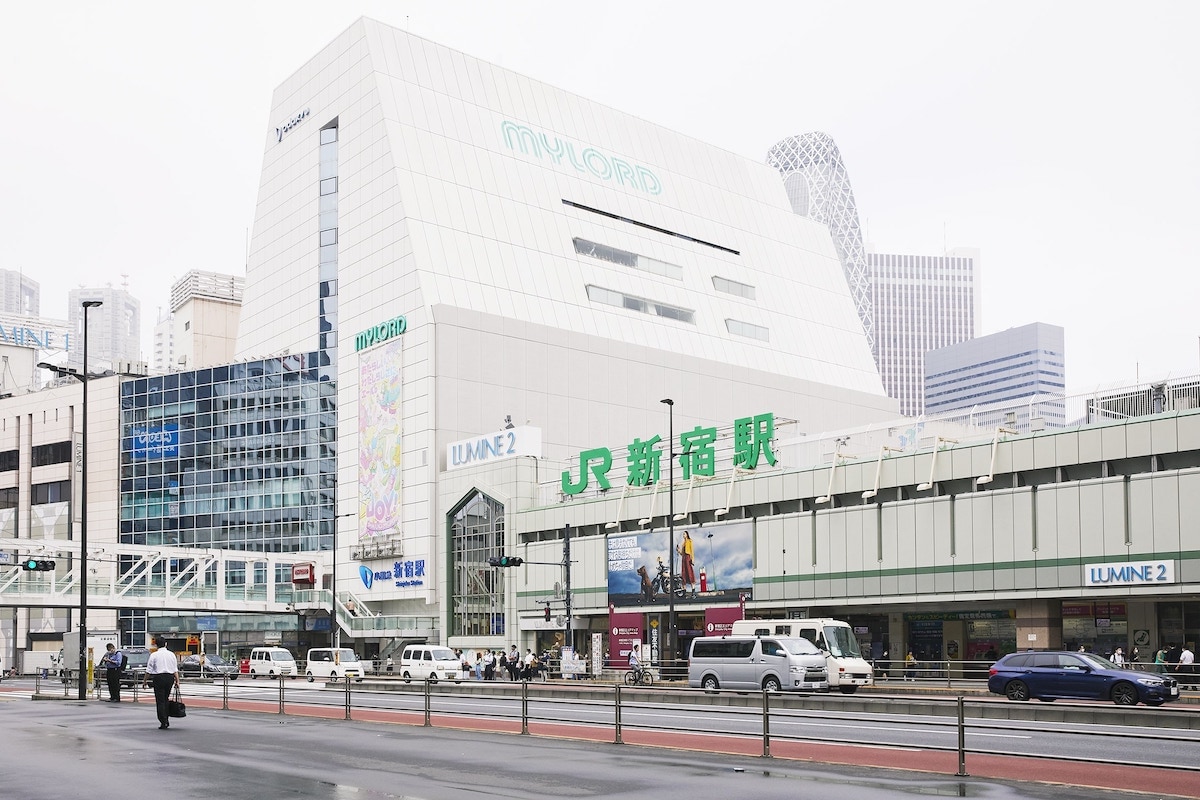
Shinjuku Station boasts the largest number of passengers and is the busiest trains station in Japan. Serviced by five railway companies including JR East, Keio, Odakyu, Tokyo Metro, and Toei Subway. Approximately 3.59 million passengers use the station every day and was certified by the Guiness World Records in 2018 as the world's busiest train station. Since its opening in 1885, the station has seen never-ending construction. Shinjuku Station has been under ongoing development since its opening and it has earned the name of "Japan's Sagrada Familia" in reference to Antoni Gaudi's architecture the Sagrada Familia. Address 3-38-1 Shinjuku, Shinjuku-ku, Tokyo, 160-0022 Web Website
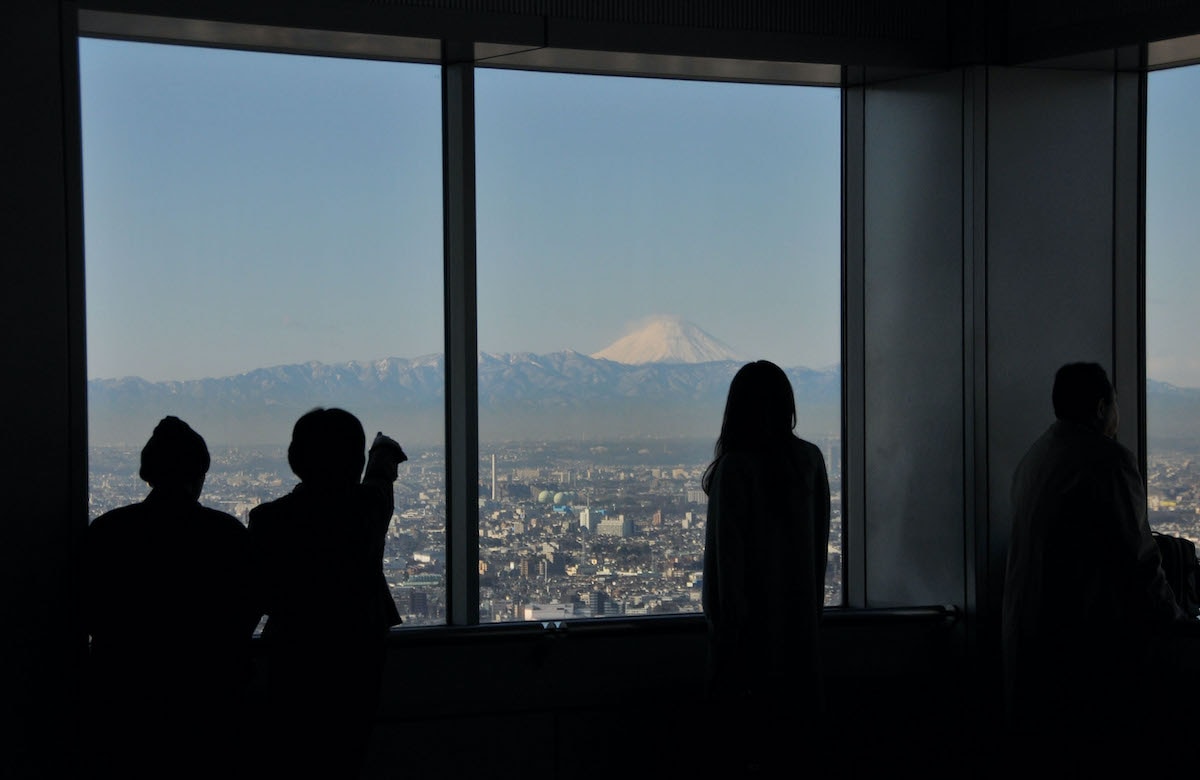
Designed by world-famous architect Kenzo Tange, the Tokyo Metropolitan Government Building is one of the tallest buildings in Tokyo. It's also one of the best free attractions in the city. If you take the elevator up 45 floors inside the Tokyo Metropolitan Government Building No.1, one of three buildings, there's an observatory where you'll see the skyline of Tokyo, 202 meters above ground. You'll see the Tokyo Sky Tree, Tokyo Tower, Meiji Shrine, and other major landmarks of the city. On a clear day, you may see the symbol of Japan, Mt. Fuji. In the evening, the Tokyo Metropolitan Government Building lights up to showcase its beauty. Address 45F 2-8-1 Nishi-Shinjuku, Shinjuku-ku,Tokyo, 163-8001 Web Website
Hanazono Shrine
![]() Others
Others

Hanazono Shrine locates near Kabukicho, a major entertainment district that represents Japan. The gods of "prosperity of business" and "entertainment" are enshrined. It has been loved as the guardian deity of Shinjuku for a long time. The enormous torii gate, which stands proudly at the entrance along Meiji-Dori, is one of the largest in Shinjuku Ward. Hanazono Shrine is famous for Tori no Ichi market. Every November on the Days of the Rooster, it gets crowded with many people seeking decorative rakes (a lucky charm to pray for prosperous business). Address 5-17-3 Shinjuku, Shinjuku-ku, Tokyo, 160-0022 HP Official site
 Shopping
Shopping
Shinjuku Takashimaya
![]() Shopping
Shopping
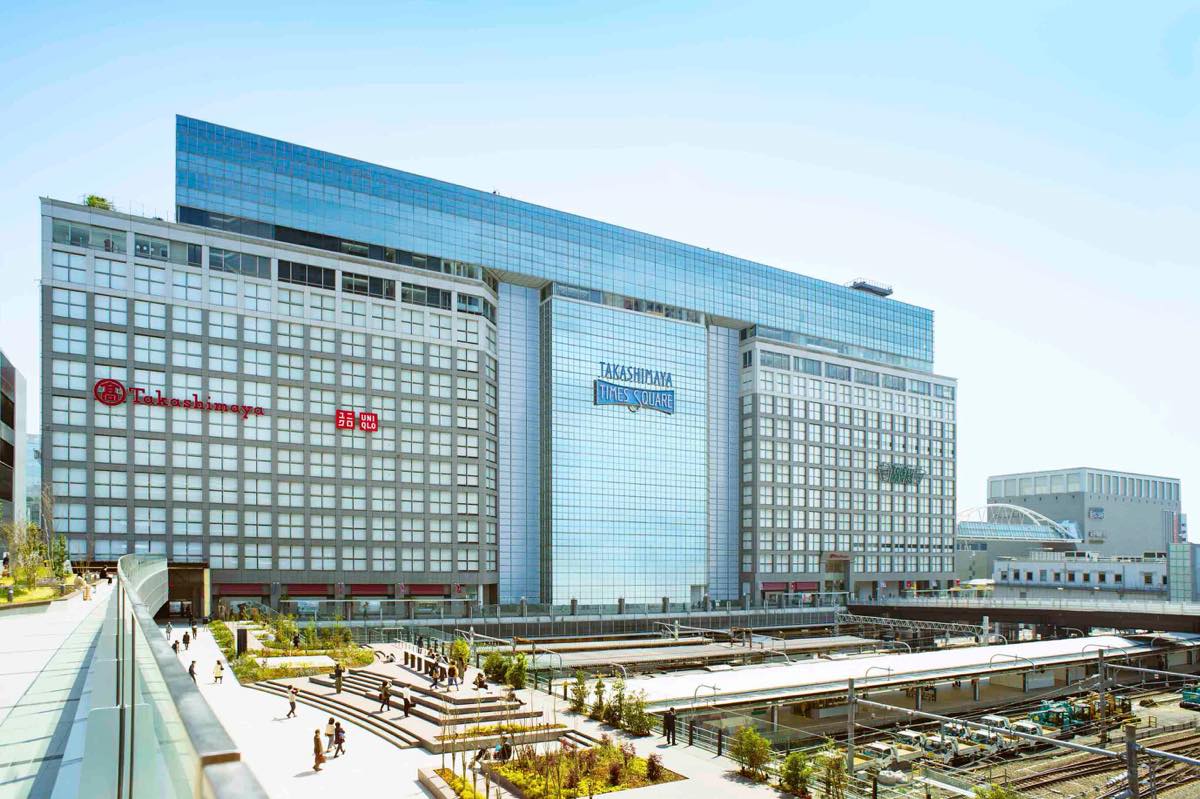
Takashimaya department store was founded in 1831 as a used clothing cotton dealer. Shinjuku Takashimaya, one of the longest-established department stores in Japan, is located in a commercial complex called Takashimaya Times Square opened in 1996. It offers a one-stop service and includes shops for men's, women's, and children's clothing, world-famous brands, cosmetics, groceries, household and interior decorations. It also has art galleries. In addition to a coffee shop on each floor, there are restaurants of various genres on the 12th to 14th floors. Address 5-24-2 Sendagaya, Shibuya-ku, Tokyo, 151-0051 Web Website
TOHO Cinemas Shinjuku
![]() Shopping
Shopping
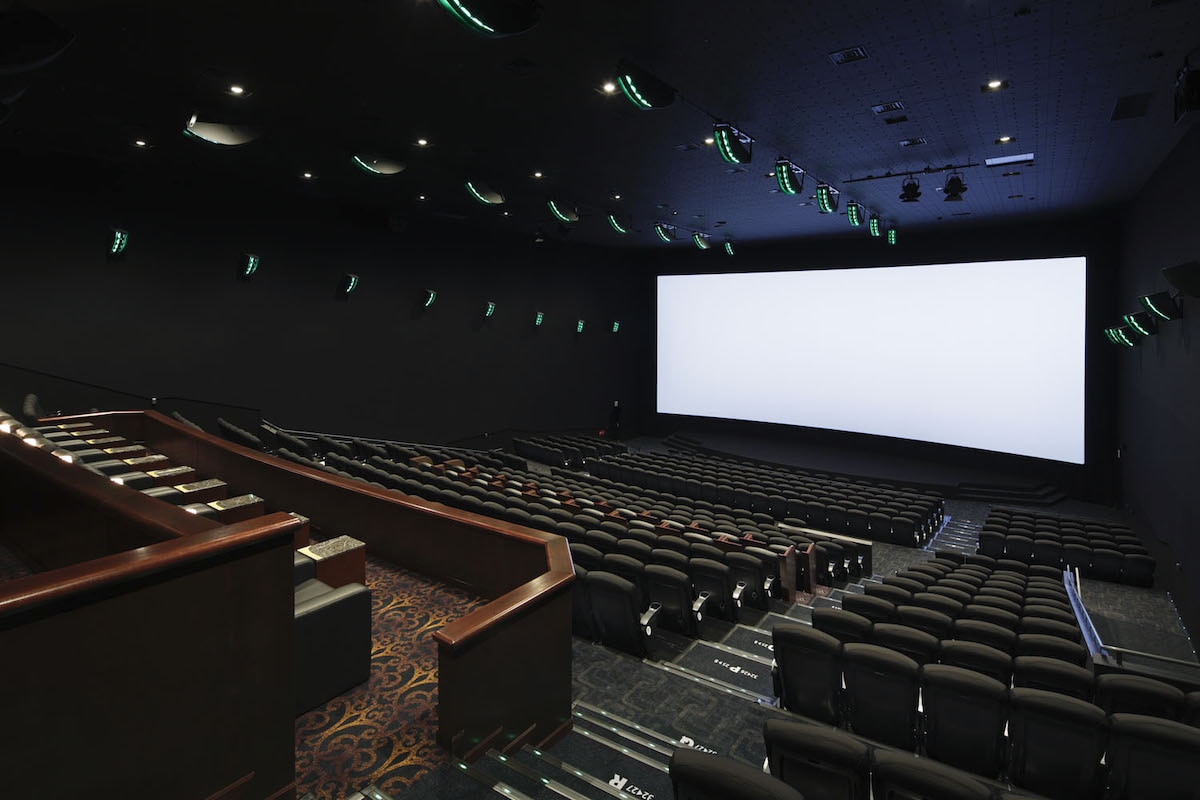
If you head towards Kabukicho from the East Exit of Shinjuku Station, you'll see a building with a giant head of a monster from a well-known Japanese special effects film. The TOHO Cinemas Shinjuku is located inside this building. Aside from the 4D theater with moving seats, wind, and smells, the theater is equipped with the latest facilities such as electric reclining seats and realistic sound technology "Dolby Atmos®". This is where you can enjoy films to the fullest. Address 3F 1-19-1 Kabuki-cho, Shinjuku-ku, Tokyo, 160-0021 Web Website
Sekaido Shinjuku
![]() Shopping
Shopping
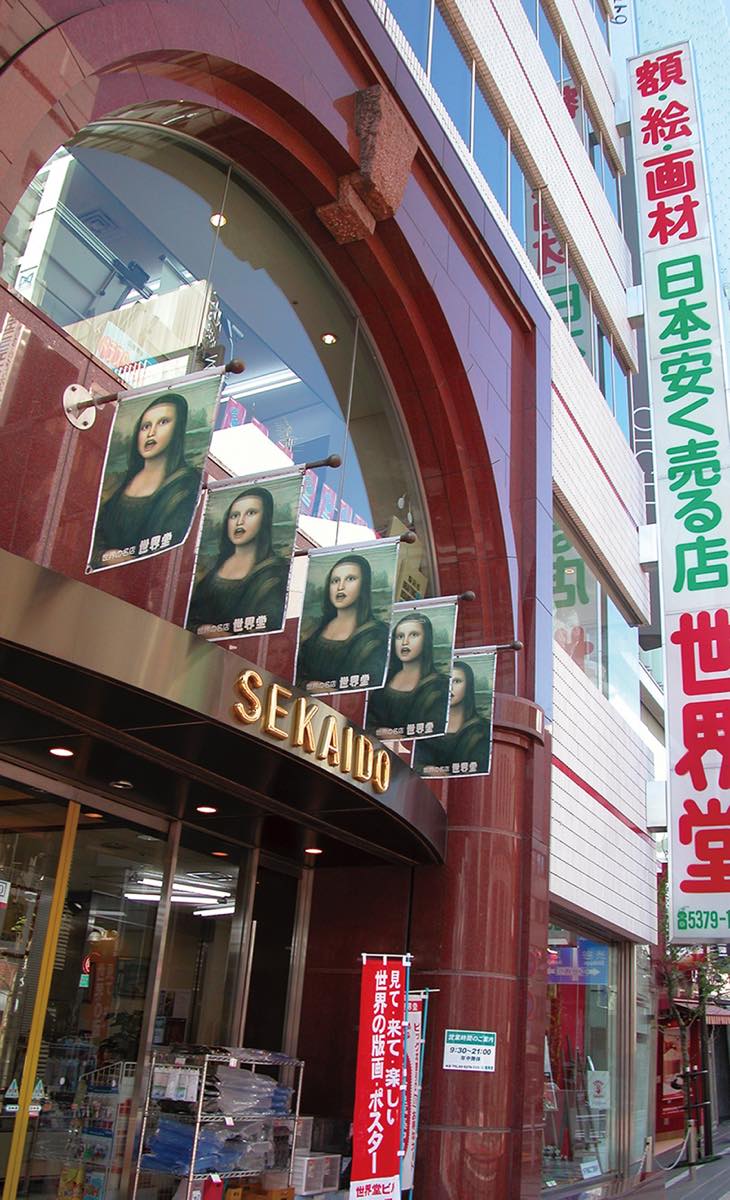
This store specializes in art and design supplies such as paints and picture frames. The store boasts one of the largest selections of art supplies, comic books, and drafting equipment in Tokyo. The concept of Sekaido is to sell stationery and art supplies at the lowest prices in Japan, and the store is famous for offering discounts on most of its products. The Shinjuku store is a landmark in Shinjuku Sanchome and is also known as the "holy land of art”. Address 1F-5F 3-1-1 Shinjuku, Shinjuku-ku, Tokyo, 160-0022 Web Website
Kagurazaka
![]() Shopping
Shopping
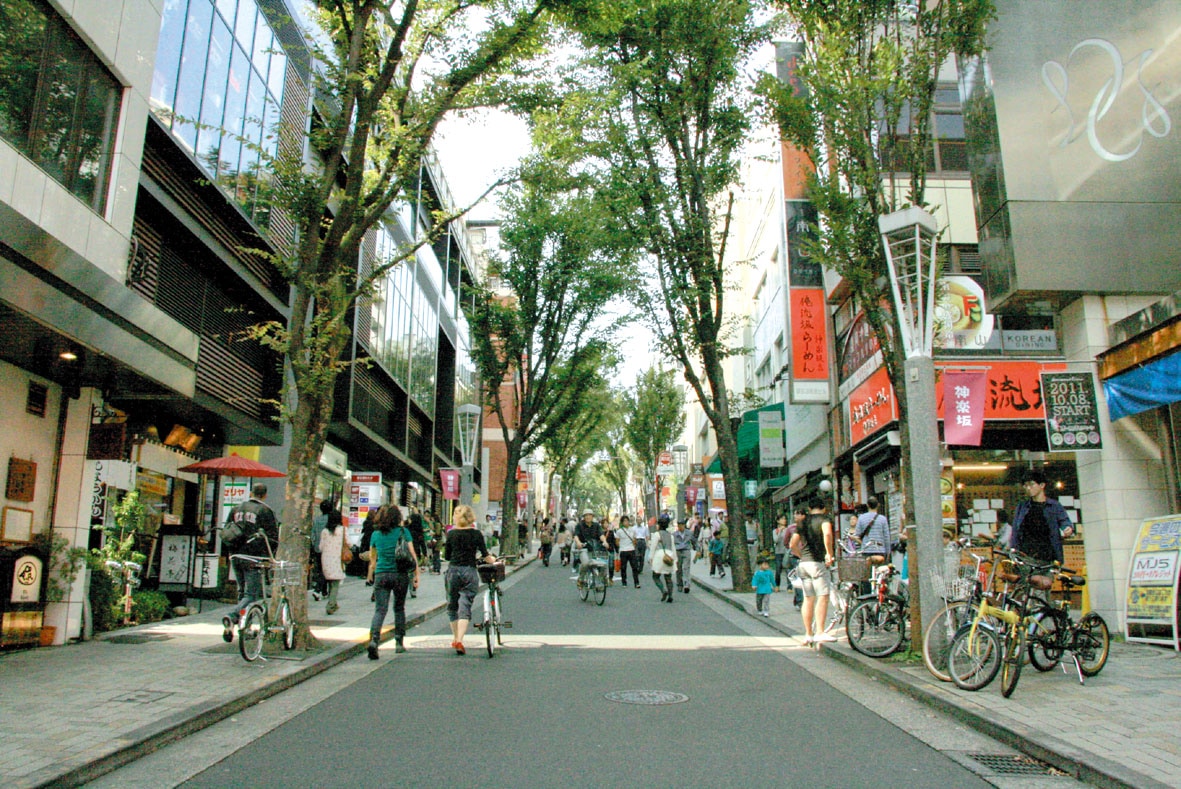
Starting from Kagurazaka-shita, just outside the exit of Iidabashi Station, this street is a fusion of Japanese tradition and modernity. It is a single slope lined with zelkova trees and has become a shopping street with over 200 stores selling traditional crafts, Japanese goods and food, and modern restaurants and stores. If you take a step into the alleyway, you will find a stone-paved area with a quiet atmosphere and a park where residents gather to relax, making it a perfect spot for a stroll. For four days every summer, the Kagurazaka Festival is where you can experience traditional Japanese culture. Address 1~5 Kagurazaka, Shinjuku-ku, Tokyo, 162-0825 Web Website
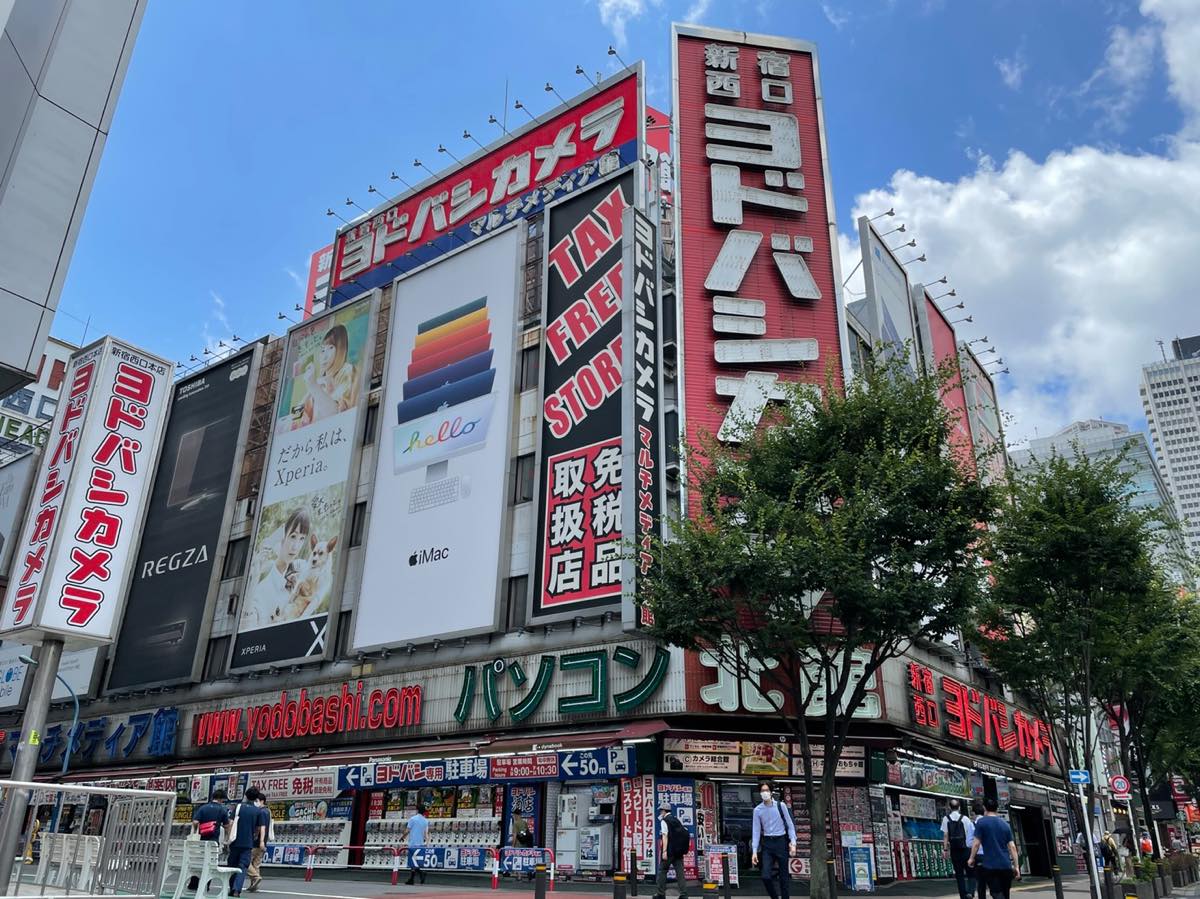
When the company was founded in 1960, the name "Yodobashi Camera" originated from the company’s primary products of camera and photographic equipment, also at that time the west area of Shinjuku was known as Yodobashi. Today, it is known as one of the leading electronics retailers in Japan. One of the highlights of its stores are the retro Showa era signage. In recent years, it has become a holy place for the app game “Pokémon GO” and is a fierce battleground for Pokéstops and raid battles. The online shopping site Yodobashi.com is also highly regarded in Japan. Address 1-11-1 Nishi-Shinjuku, Shinjuku-ku, Tokyo, 160-0023 Web Website
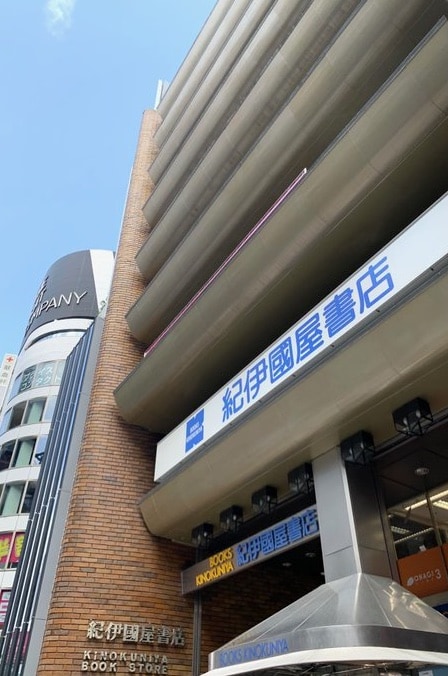
Kinokuniya Shinjuku Main Store has a total floor area of 4950 square meters, with the main building and the annex having over nine floors each. It is a general bookstore that offers various products, including magazines, books, comics, DVDs, CDs, and stationery. The store has a long history and has been in business since 1927. Completed in 1964, the Kinokuniya Building was designed by Kunio Maekawa, a leading figure in modern architecture. In 2017, the store was selected as a historic landmark by the Tokyo Metropolitan Government. Address 3-17-7 Shinjuku, Shinjuku-ku, Tokyo, 160-0022 Web Website
 Arts and Museums
Arts and Museums
Kigumi Museum
![]() Arts and Museums
Arts and Museums
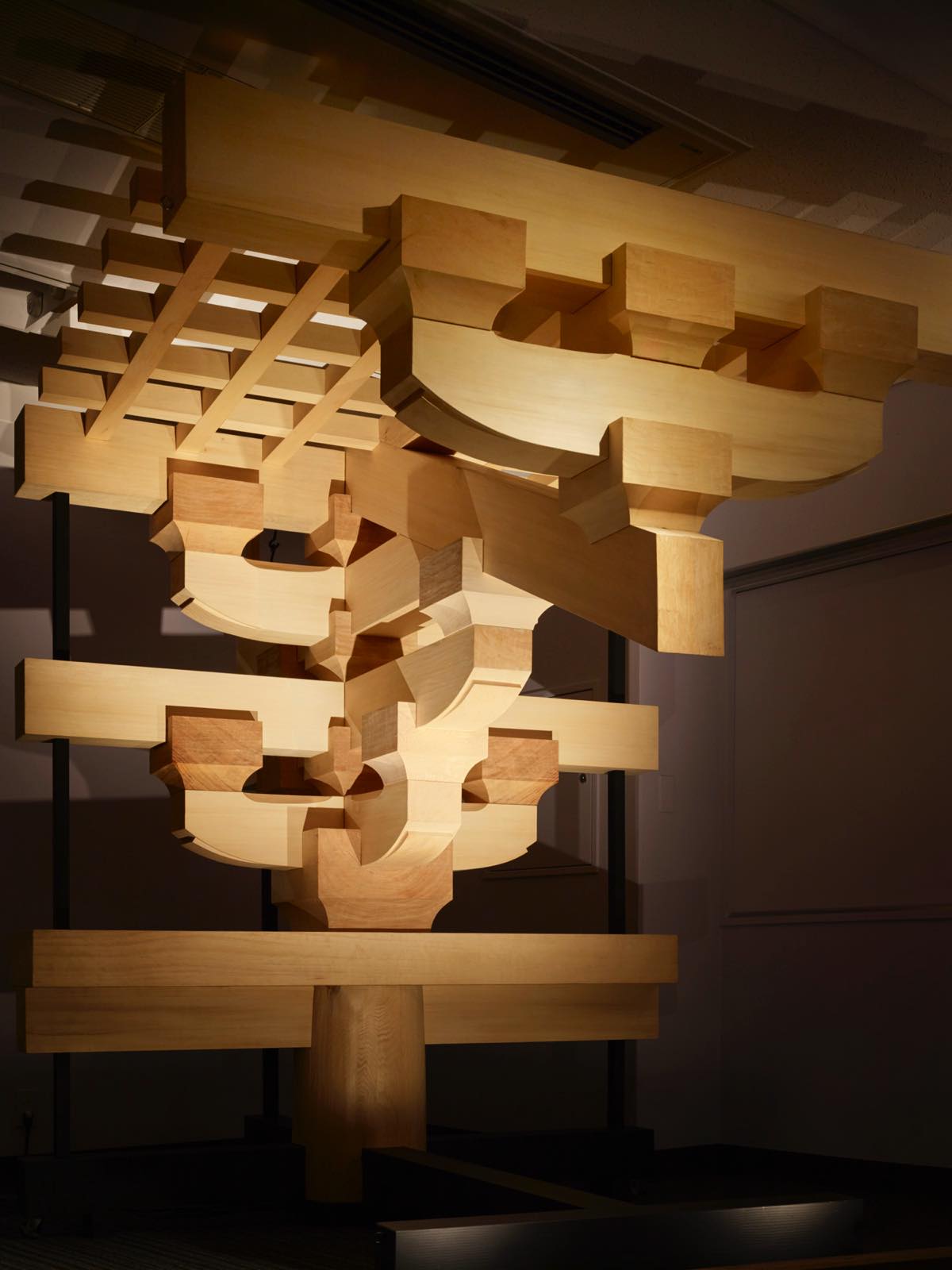
Kigumi Museum presents the traditional techniques of Japanese wooden architecture. Mainly it exhibits the wooden frame that you can pick up and touch, and it also displays Japanese lacquer, mud walls, sculptures, etc. Wooden construction is a traditional technique that Japan is proud of, a technique which firmly combines wood by interlocking wooden joints without using nails and screws. Its history is traced back to the Jomon period 4000 years ago. Admission is free. The museum is open on Tuesdays, Wednesdays, and Thursdays and opens only once a month on Saturdays. Address 3F 2-3-26, Nishiwaseda, Shinjuku-ku, Tokyo, 169-0051 Web Website
Shinjuku I-LAND Tower LOVE Object
![]() Arts and Museums
Arts and Museums
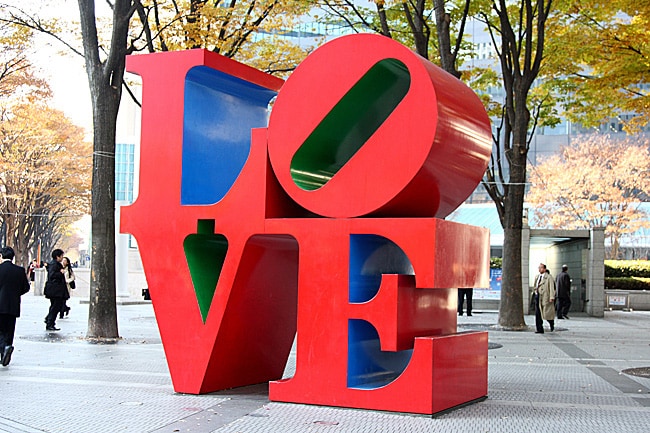
The bright red "LOVE" sign that catches your eye in the Nishi-Shinjuku area was created by American artist, Robert Indiana. The same "LOVE" sculptures are located in the United States, Spain, Canada, Singapore, and Taiwan. In Japan, it's found in front of the skyscraper Shinjuku i-LAND Tower. This sign is also a popular meeting place for couples, as there are several urban legends about love, such as if you pass between the "V" and "E" without touching them, your love will come true. Address 6-5-1 Nishi-Shinjuku, Shinjuku-ku, Tokyo, 160-0023 Web Website
Japan Olympic Museum
![]() Arts and Museums
Arts and Museums
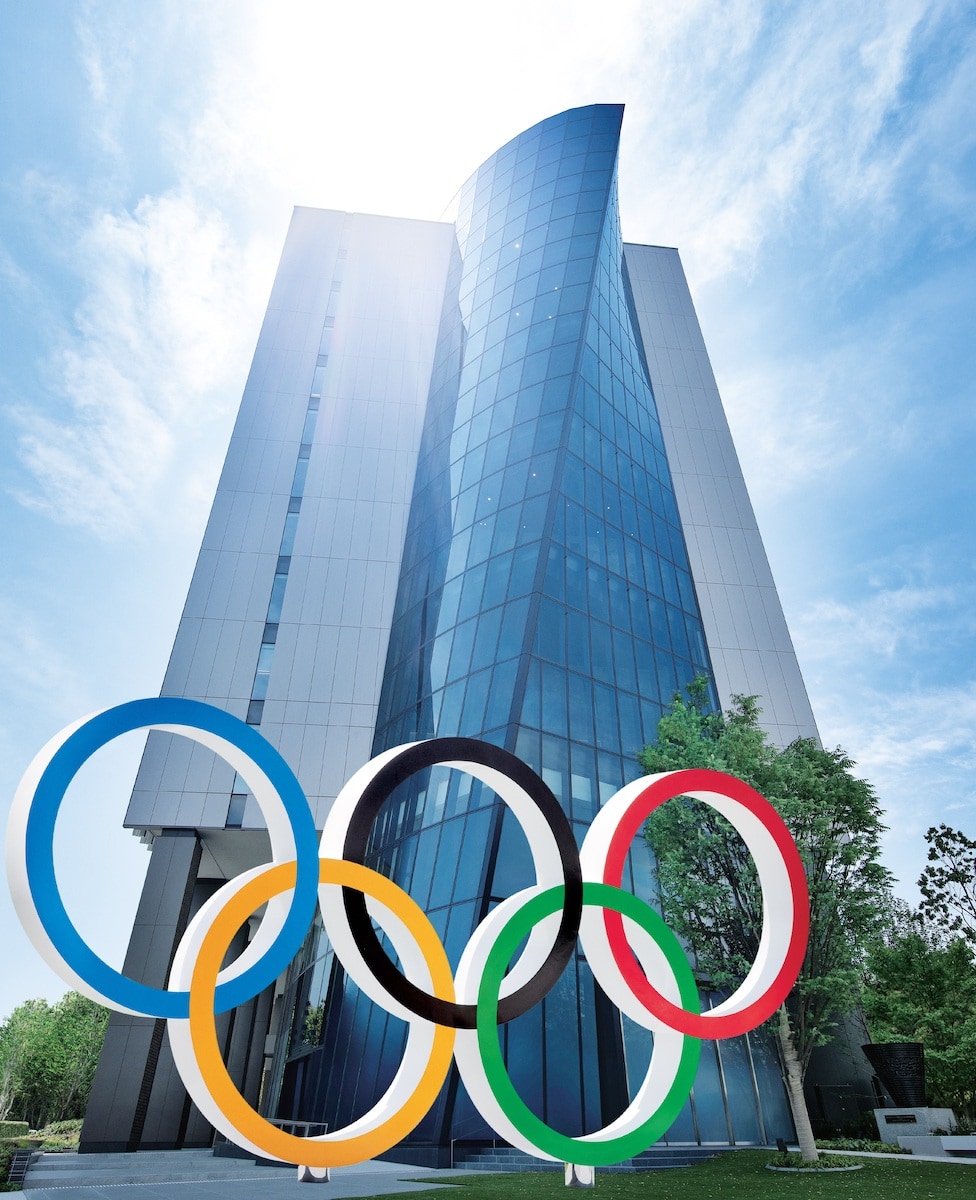
In Tokyo, where the Tokyo 2020 Olympic and Paralympic Games were held, there's a museum dedicated to the Olympic Games. Visitors can discover the importance of the Olympics through different types of exhibits such as historic records of the Olympic torch. Visitors can also learn about the history of the Olympics from its origins to present day. The hands-on exhibits challenge visitors to match their physical abilities to that of Olympians are quite popular. The Olympic symbol outside the museum is one of Tokyo's best photo spots. Address 4-24 Kasumigaokamachi, Shinjuku-ku, Tokyo, 160-0013 Web Website
The Eye of Shinjuku
![]() Arts and Museums
Arts and Museums
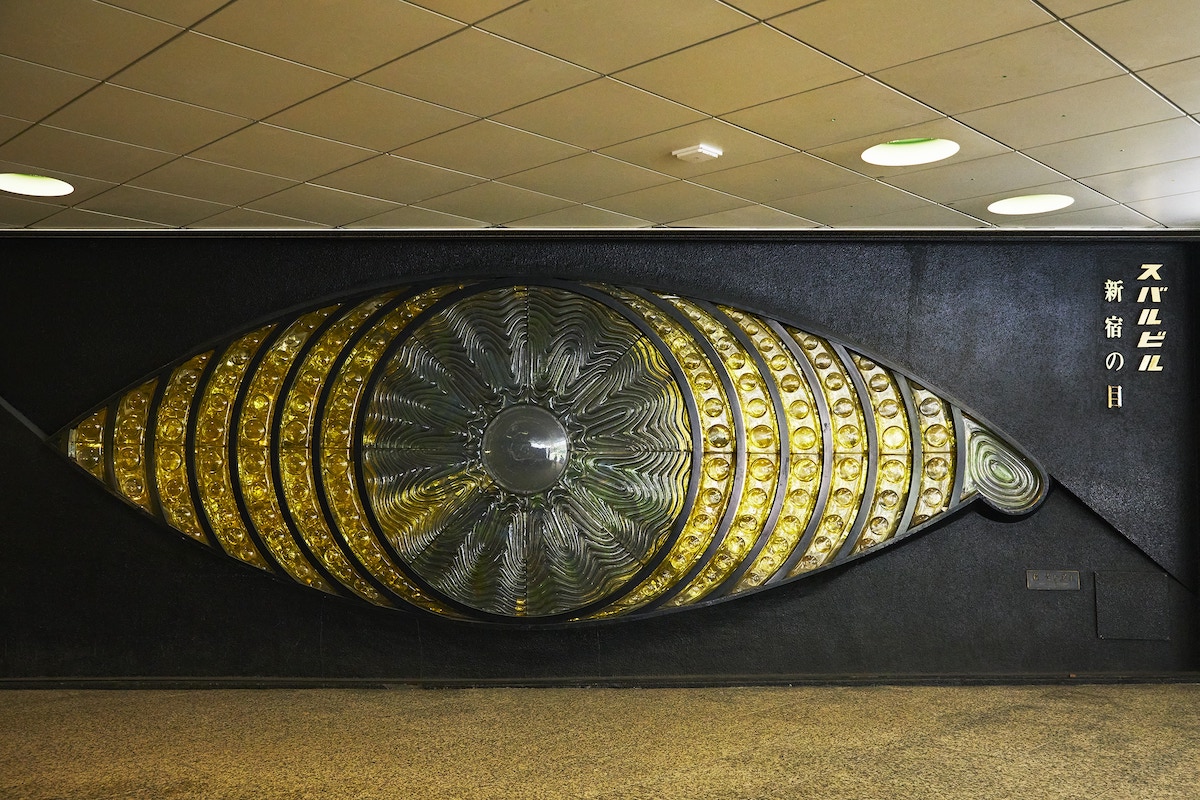
The Eye of Shinjuku is a public art piece in the shape of a giant "eye" that grabs your attention as you walk through the underground plaza at the west exit of Shinjuku Station. Made of acrylic, it's 3 meters high and 10 meters wide art piece created by artist Yoshiko Miyashita in 1970. The sculpture has witnessed changes in the Shinjuku area over the years as it was designed as "an eye that watches the changes in the modern world." The colorful rotating eyes are as beautiful as a kaleidoscope, and it's highly recommended to stop and take a look. It is also a popular meeting place. Address 1-7-1 Nishi-Shinjuku, Shinjuku-ku, Tokyo, 160-0023 Web -
Shinjuku Suehirotei
![]() Arts and Museums
Arts and Museums
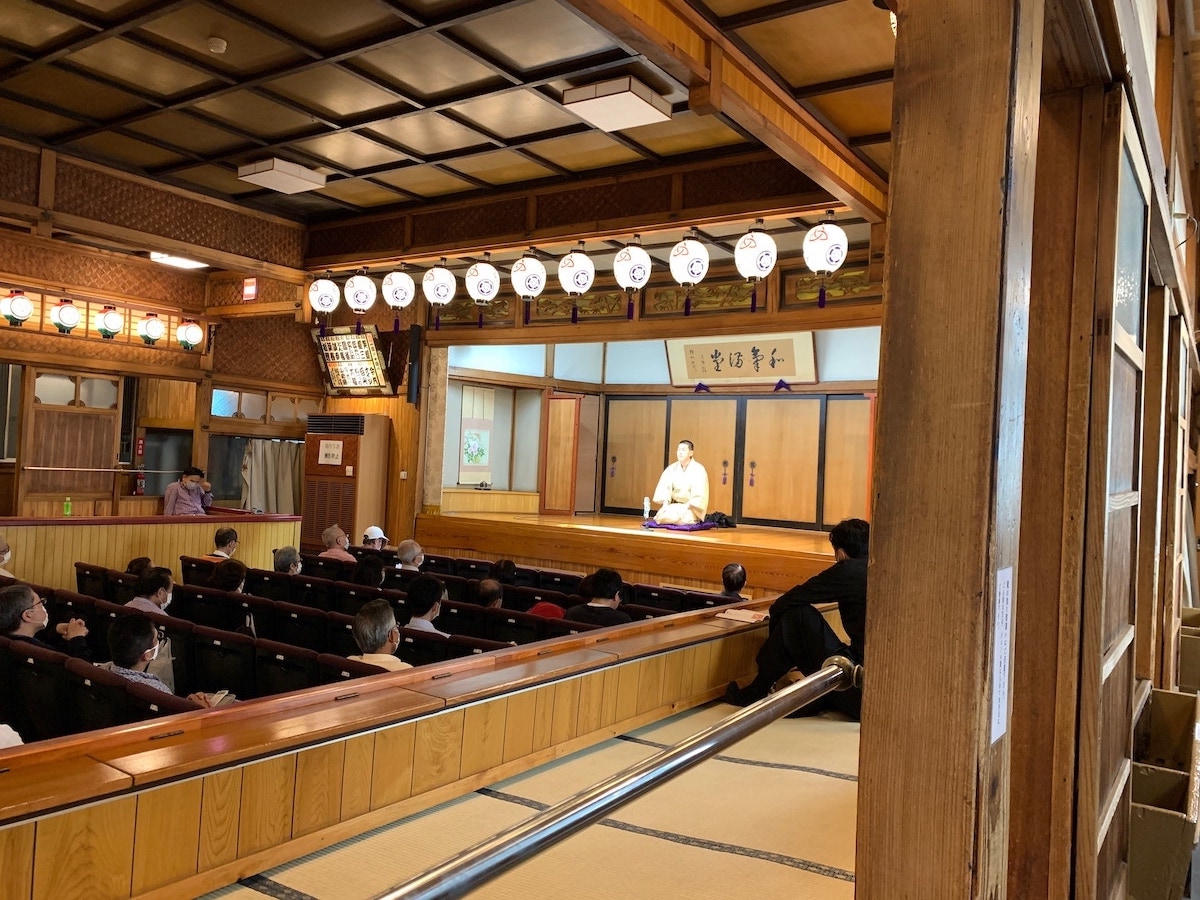
In the Shinjuku San-chome district, you'll find one of only four Yose theaters in Tokyo. A Yose theater where traditional Japanese performing arts such as Rakugo are performed. The predecessor of Shinjuku Suehirotei was established in 1897 and has a long history. The current wooden building was built in 1946 and is rich with tradition. Rakugo is performed every day, both day and night, and you can enjoy young and experienced storytellers (called shin-uchi) performing a variety of skills. Address 3-6-12 Shinjuku, Shinjuku-ku, Tokyo, 160-0022 Web Website
 Foods
Foods
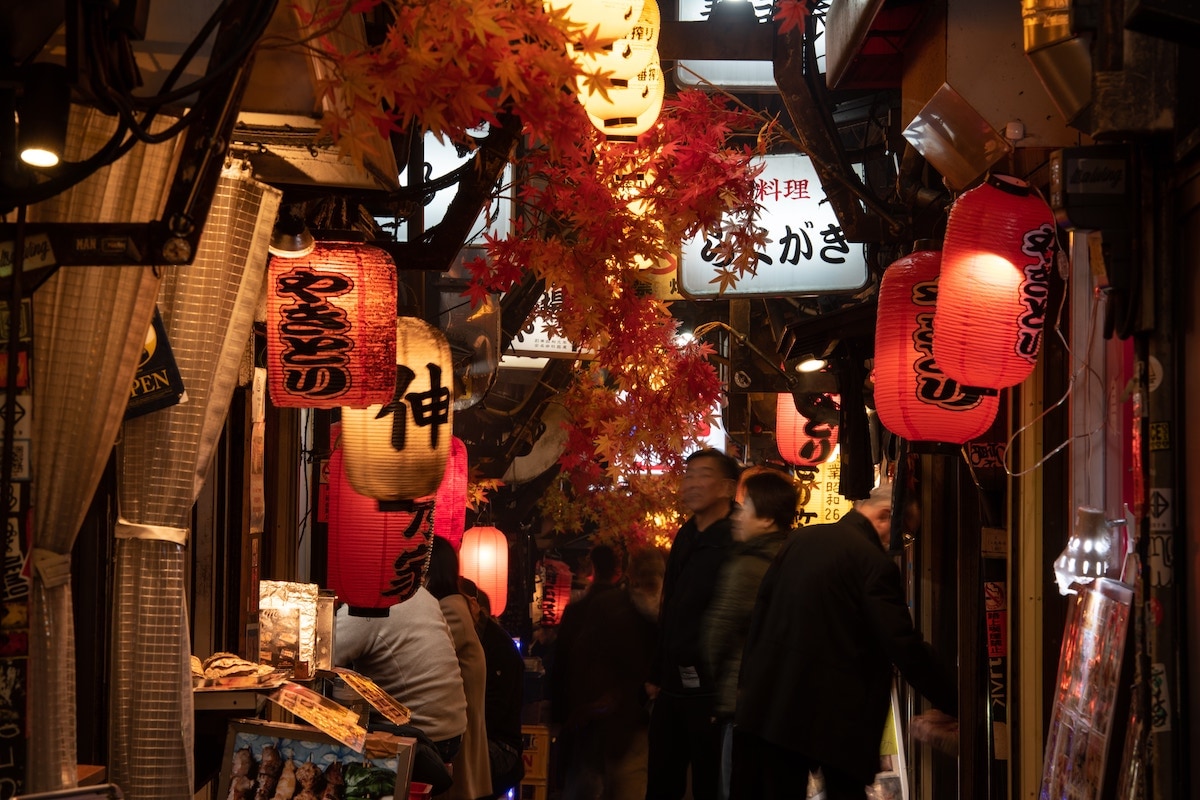
Located at the west exit of Shinjuku Station, this bar area has a nostalgic atmosphere from the Showa period. Originally, this area was a street vendor's market established in a burnt-out area in the late 1940s, just after World War II. Today, there are about 80 restaurants and stores, mainly Motsuyaki and Yakitori restaurants, crowded into an area of about 2100 square meters. Each restaurant is unique, and many are hidden gems where you can enjoy one-of-a-kind dishes that have been loved for years. Address 1-2 Nishi-Shinjuku, Shinjuku-ku, Tokyo, 160-0023 Web Website
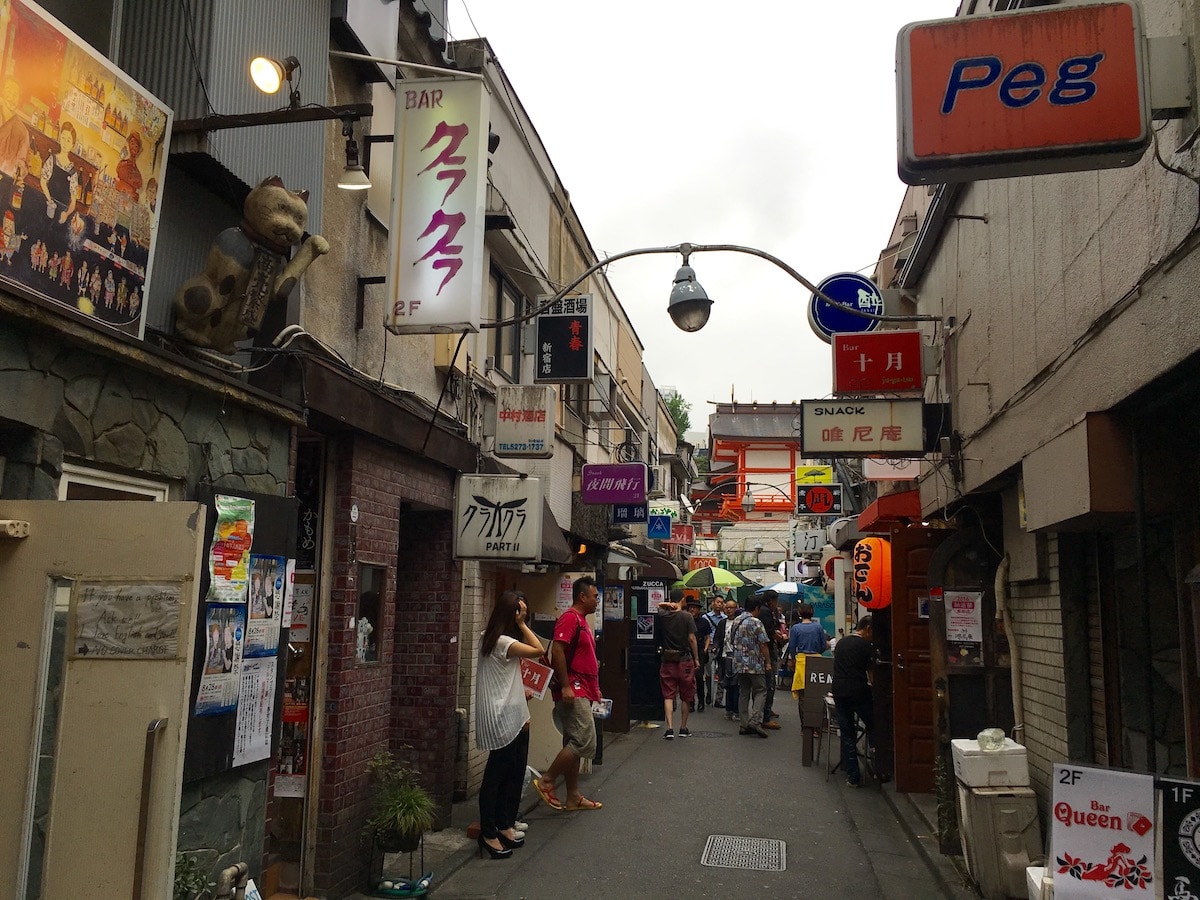
Shinjuku Golden Gai was originally a black market that dates back to post World War II. This area is lined with bars which are wooden row house-style buildings reminiscent of the Showa period. Shinjuku Godlen Gai houses about 290 tiny bars, where each bar has about 10 square meters in space, and is a popular place for bar-hopping tourists. The area is also famous for its subculture and art scene. Back in the 1970s a variety of people including writers, artists, film directors and actors have enjoyed drinking together in Shinjuku Golden Gai. Address 1-1-9, 10 Kabukicho, Shinjuku-ku, Tokyo, 160-0021 Web Website1 Website2
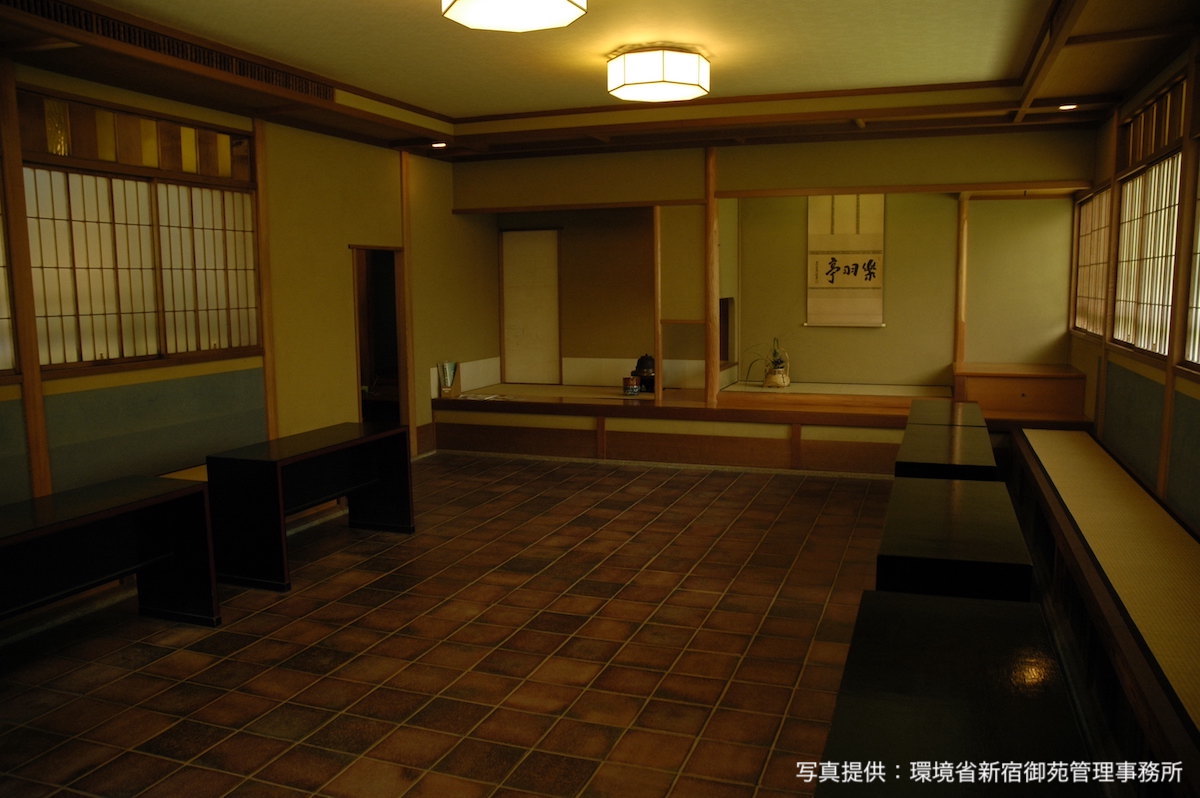
Address 11, Naitomachi, Shinjuku-ku, Tokyo, 160-0014 Web Website Remarks * Currently, the tea room is open only for reserved.
 Parks
Parks
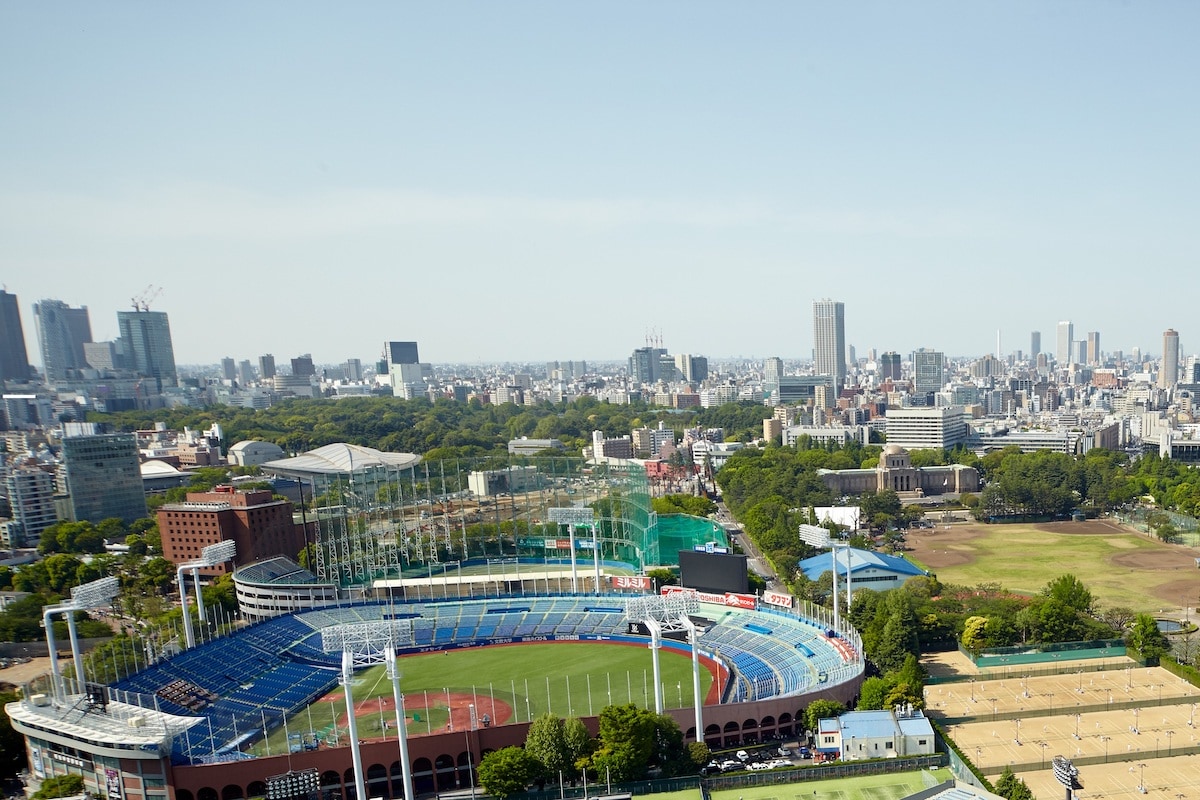
Inside the Meiji Shrine Outer Garden is the Meiji Memorial Picture Gallery, which was established to commemorate the imperial virtues of Emperor Meiji and his wife Empress Shoken, the deities worshipped at the Meiji Shrine. The Meiji Shrine Outer Garden also has many sports facilities, including an ice skating rink which is open year-round, and the Meiji Jingu Stadium, which is the home field of the Tokyo Yakult Swallows professional baseball team. The Ginko-lined avenue, has 146 ginko trees that transforms into a golden tunnel in autumn. The best time to see the autumn leaves is from mid-November to early December. Address 1-1 Kasumigaokamachi, Shinjuku-ku, Tokyo, 160-0013 Web Website
Toyama Park
![]() Parks
Parks
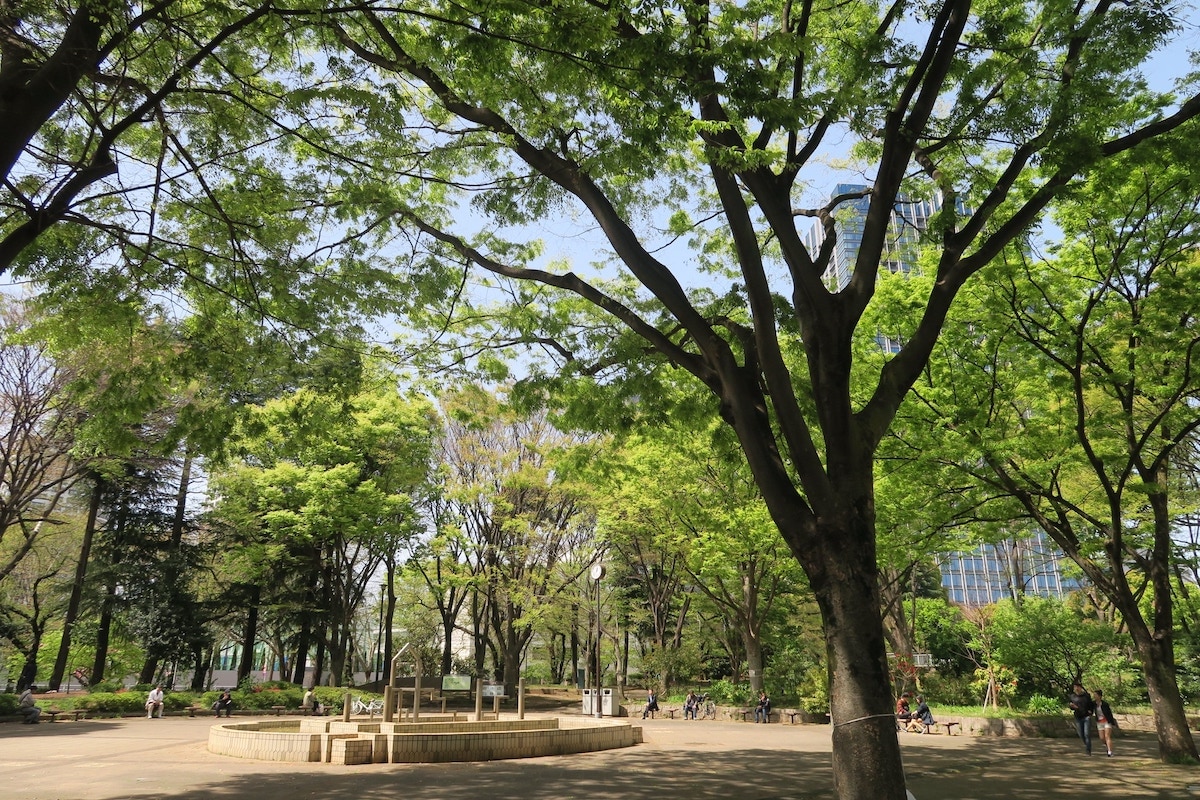
Toyama Park is divided into two areas: the Hakoneyama area centered on Mt. Hakone, and the Okubo area across Meiji-dori. The Imperial Japanese Army Toyama School established to train shooting and bayoneting was located here from 1873 until the end of World War II. There's a stone monument commemorating the school. In the middle of the vast park is the 44.6m high Mt. Hakone, the highest mountain on the Yamanote Line, and from the top, you can see the Shinjuku subcenter. The park is famous for Okubo azaleas, and the Azalea Festival is held in spring. Address 3-5-1 Okubo, Shinjuku-ku, Tokyo, 169-0072 Web Website To
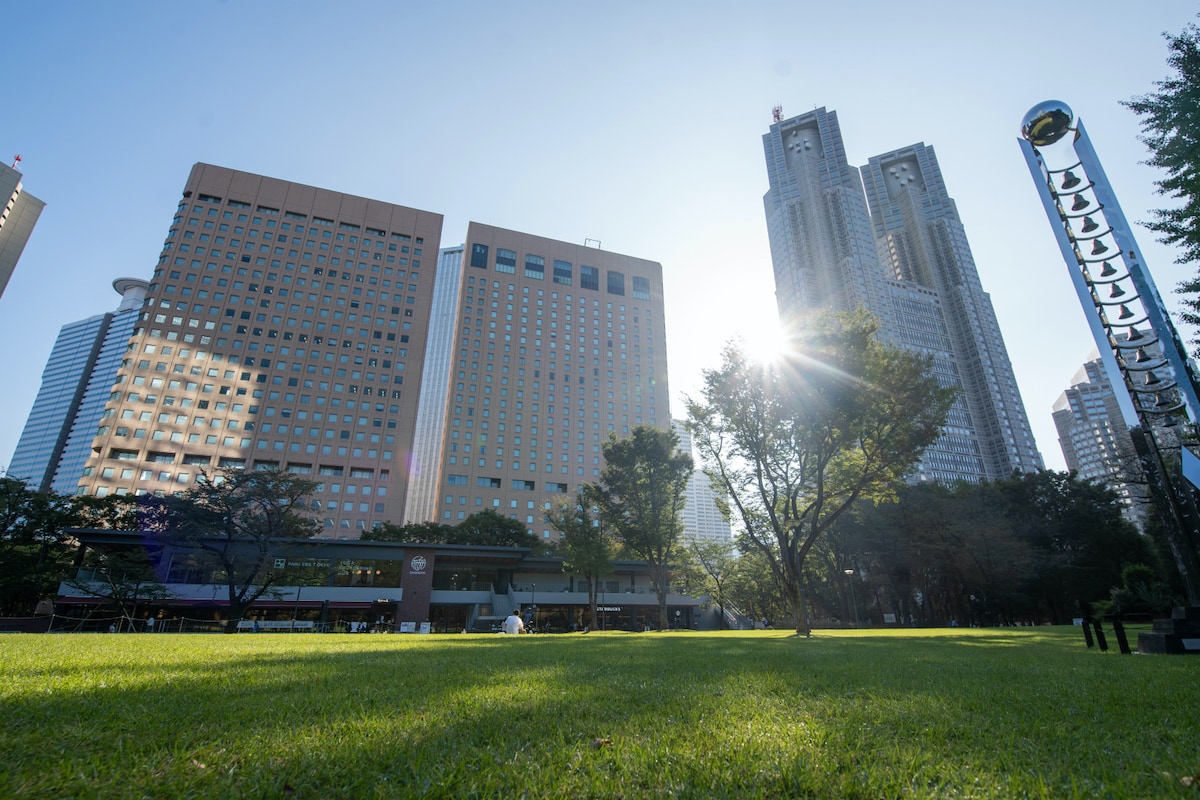
Shinjuku Central Park is the largest park in Shinjuku and is a lush green space that is an oasis in the midst of the city's skyscrapers. The park opened in 1968 as part of the Shinjuku Fukutoshin Project and celebrated its 50th anniversary in 2018. The park has various facilities for children to enjoy, such as playgrounds and a paddling pool. The terrace seats at SHUKNOVA, houses a cafe and fitness club, which are perfect for adults to take a break. You can forget the hustle and bustle of the city by relaxing on the open lawn. Address 2-11 Nishi-Shinjuku, Shinjuku-ku, Tokyo, 160-0023 Web Website
Shinjuku Gyoen
![]() Parks
Parks
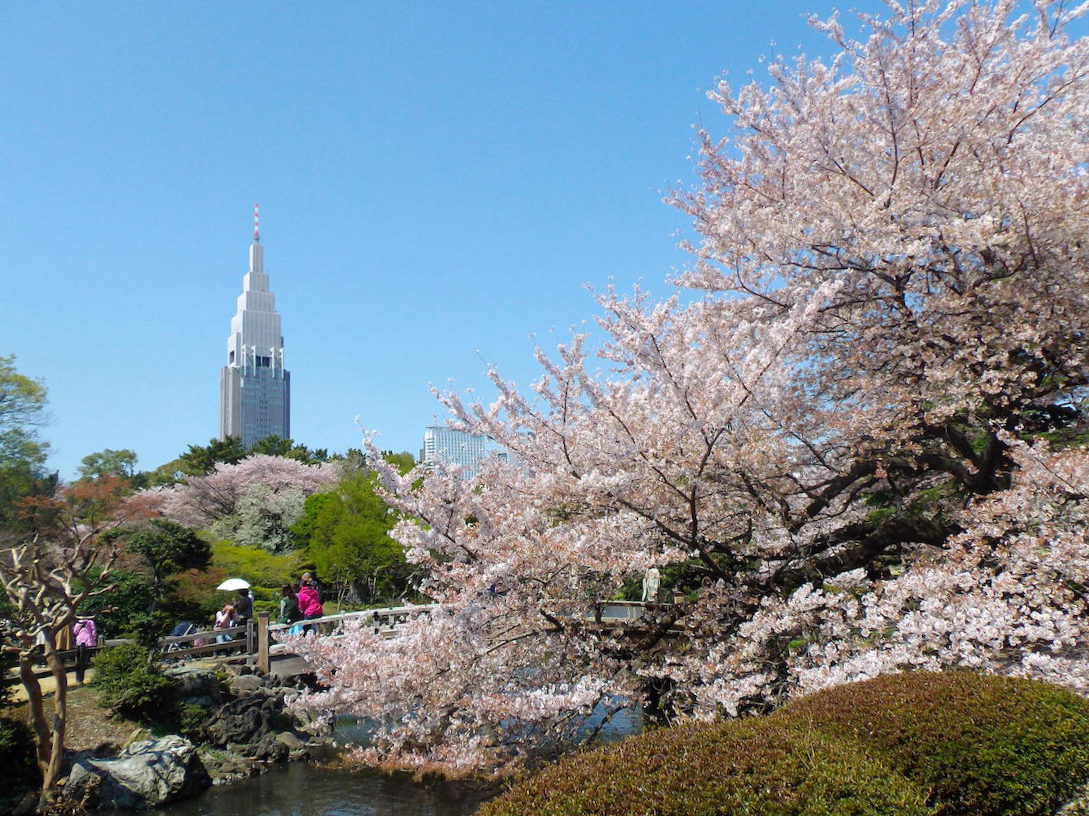
Shinjuku Gyoen National Garden first opened to the public in 1949 as a national park, originally the grounds were a residence for a feudal lord in the Edo period. The garden is considered a masterpiece as a Western garden in contemporary Japan as it combines Formal, English Landscape, and Japanese Traditional Gardens. The gardens are busy in late March for about a month with many visitors viewing the cherry blossom trees. Cherry blossom viewing is an annual spring event loved by the Japanese people since the Heian period. About 1,000 cherry trees of 65 types have been planted here, and they are in full bloom one after another, starting with the Jugatsuzakura cherry trees that bloom from September. (Bringing alcoholic beverages and using playground equipment are prohibited.) Address 11 Naitomachi, Shinjuku-ku, Tokyo, 160-0014 Web Website
 Hotels
Hotels
Park Hyatt Tokyo
![]() Hotels
Hotels
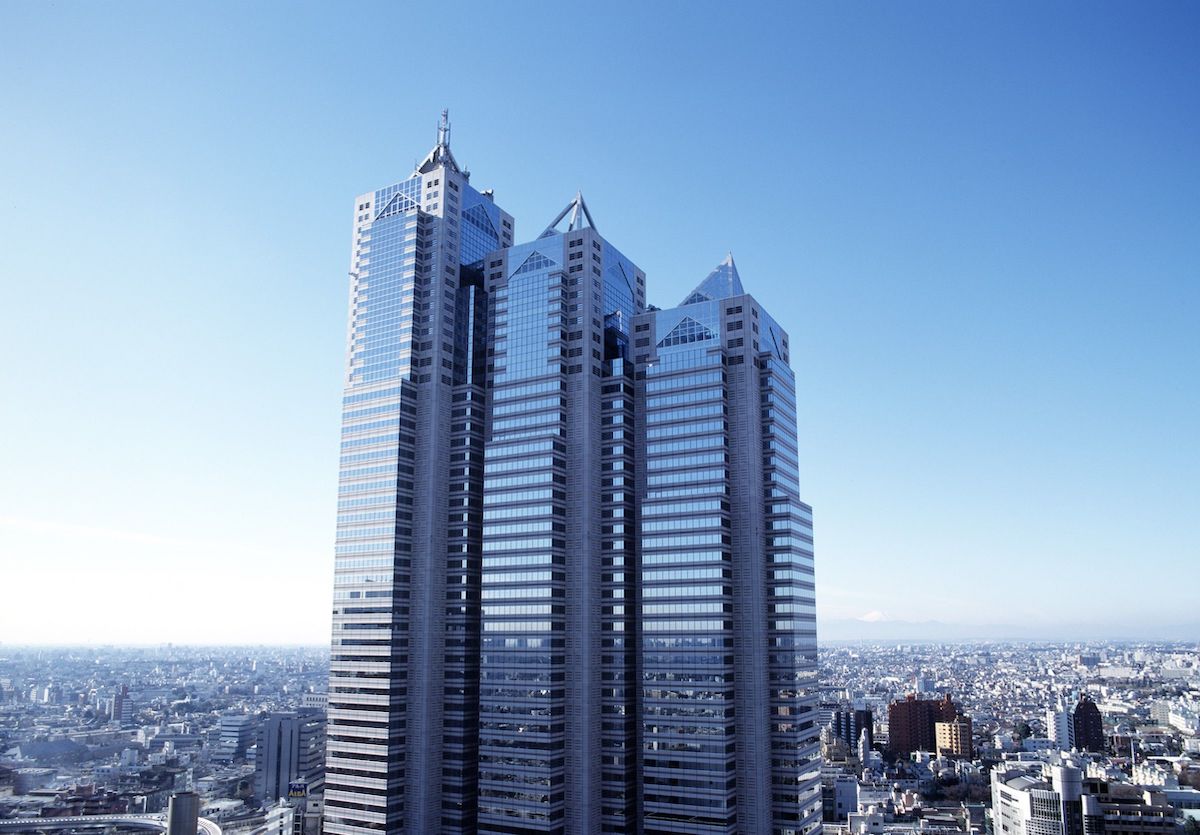
Park Hyatt Tokyo is one of Tokyo's leading luxury hotels situated from the 39th to 52nd floors inside the Shinjuku Park Tower, a skyscraper near the Tokyo Metropolitan Government Building. Park Hyatt Tokyo is famous for being featured in an Academy Award-winning film directed by Sofia Coppola and starring Scarlett Johansson. This hotel is only a 12-minute walk from Shinjuku Station, and each room offers a spectacular view of the Tokyo skyline. Park Hyatt Tokyo also features spa and fitness facilities, six restaurants and bars and a private library with around 2,000 books, making for an exceptional stay. Address 3-7-1-2 Nishi-Shinjuku, Shinjuku-ku, Tokyo, 163-1055 Web Website
 Illumination
Illumination
Shinjuku Kabukicho Ward Office Street
![]() Illumination
Illumination
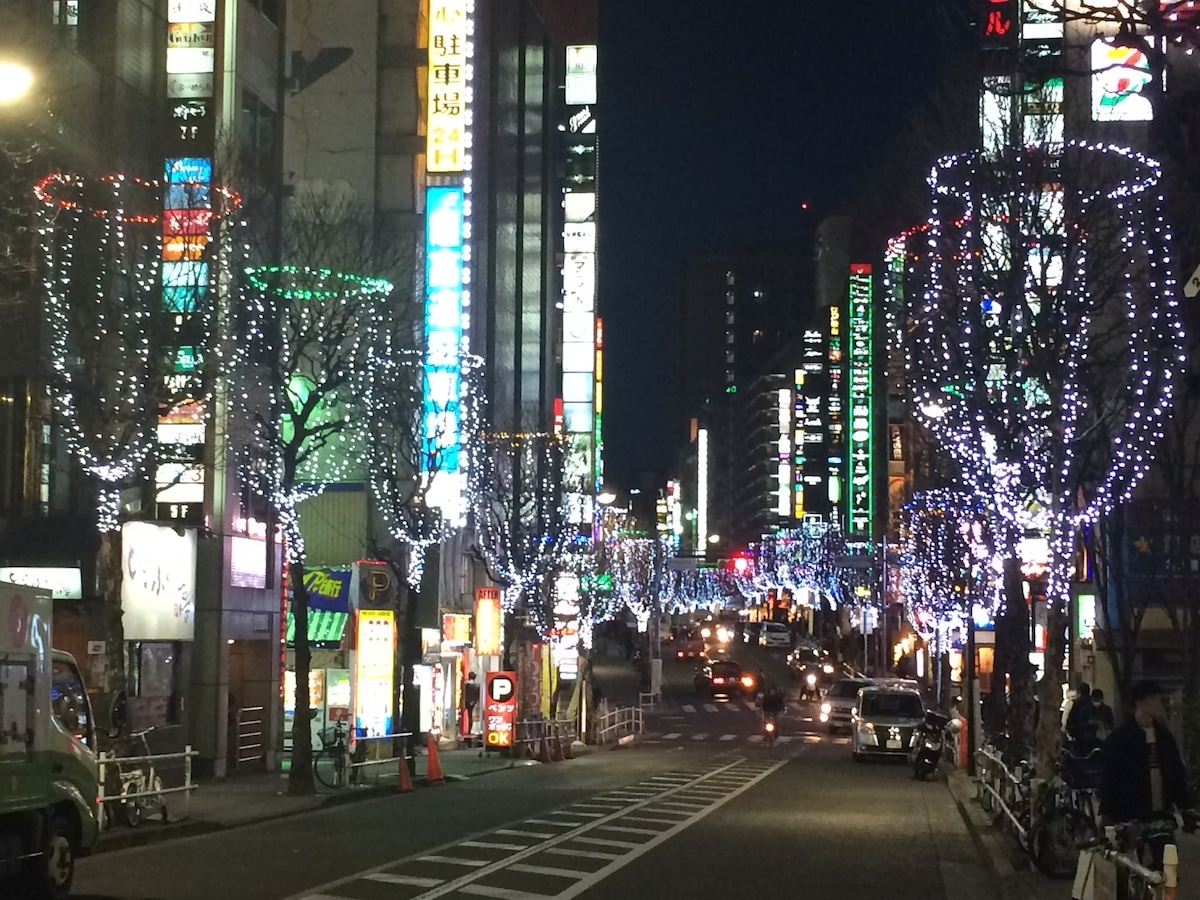
Address Kabukicho, Shinjuku-ku, Tokyo, 160-0021 Web Website
Hyatt Regency Tokyo
![]() Illumination
Illumination
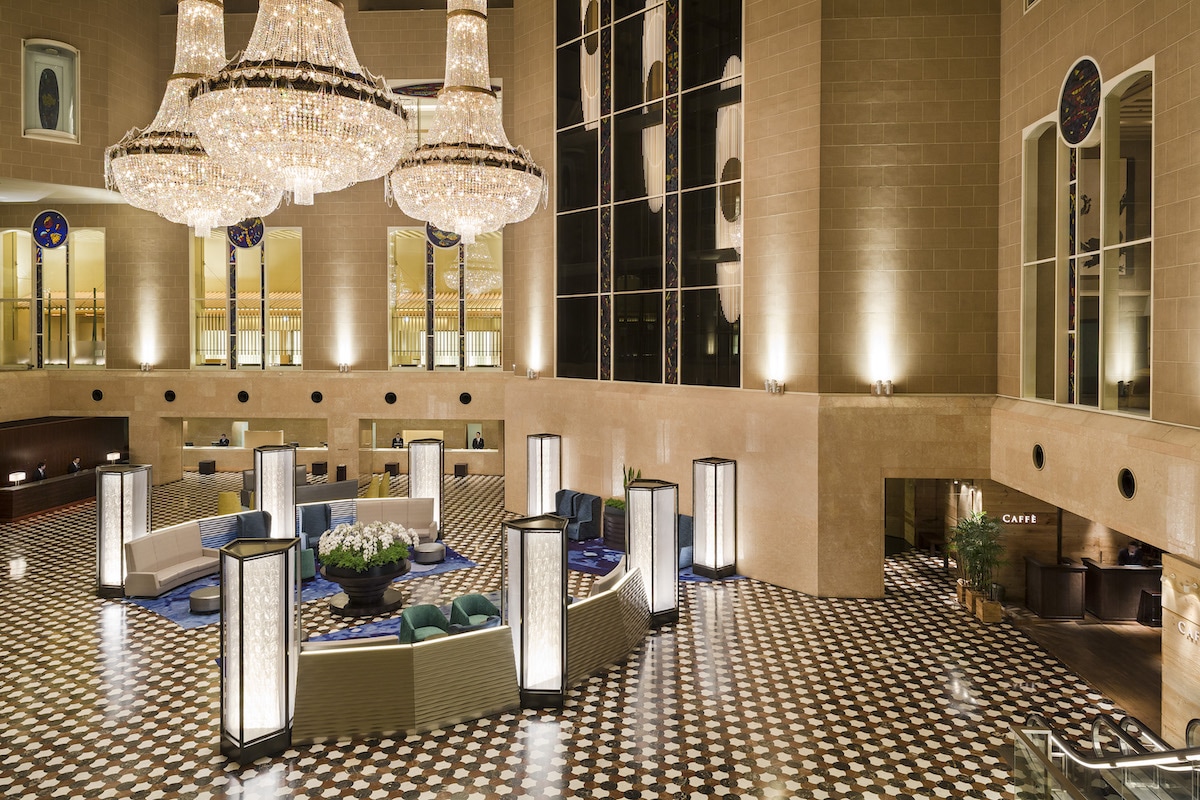
Address 2-7-2, Nishishinjuku , Shinjuku-ku, Tokyo, 160-0023 Web Website

